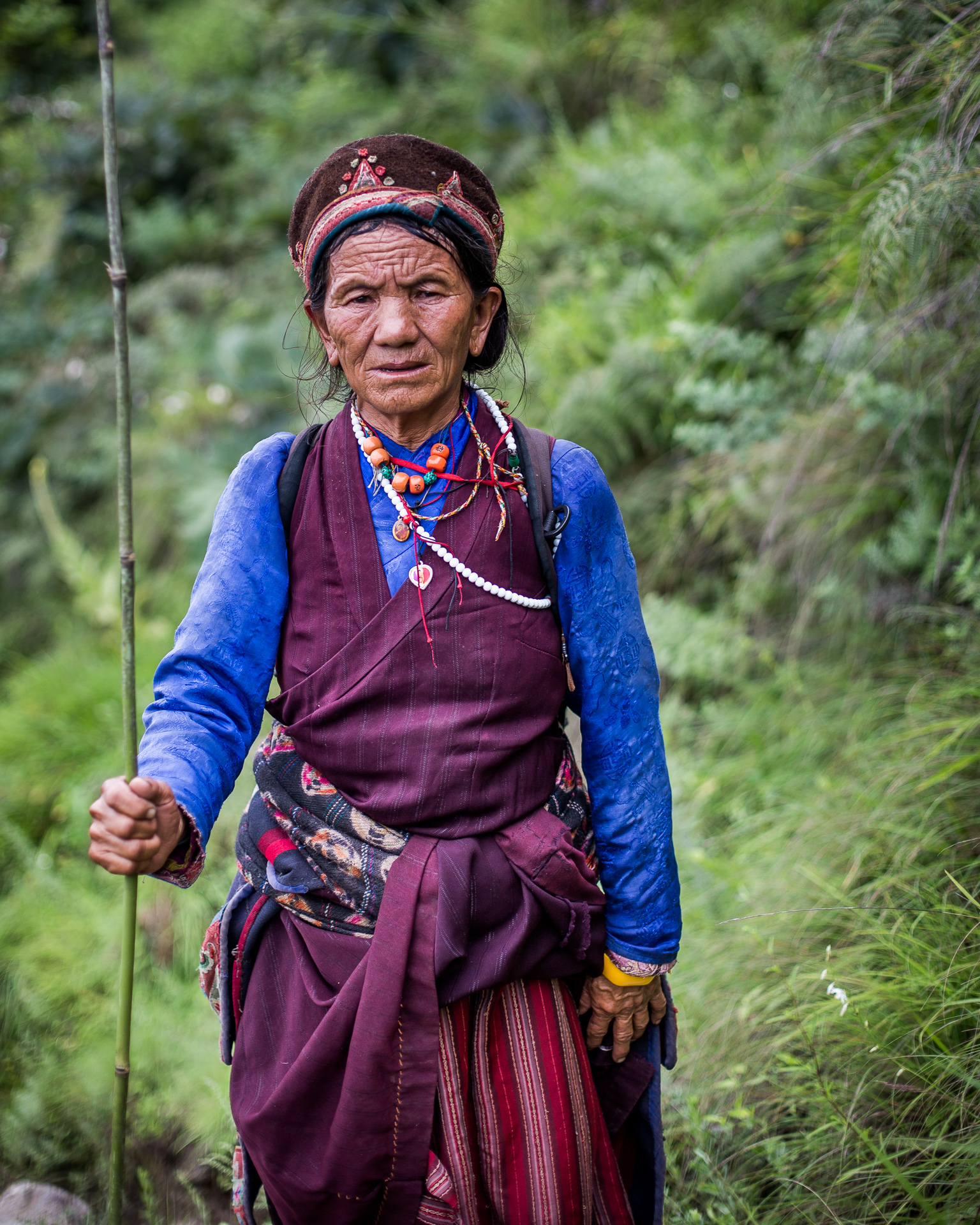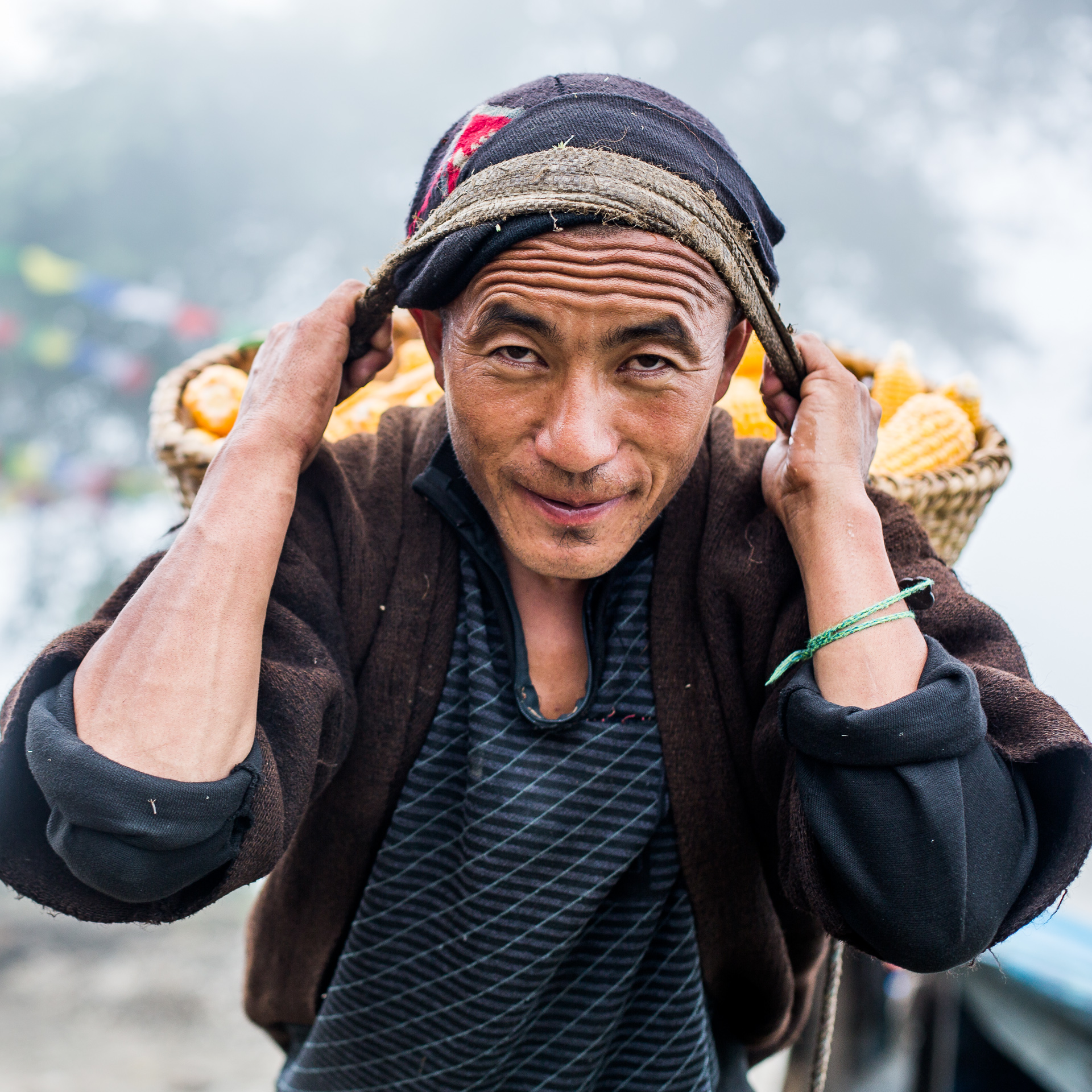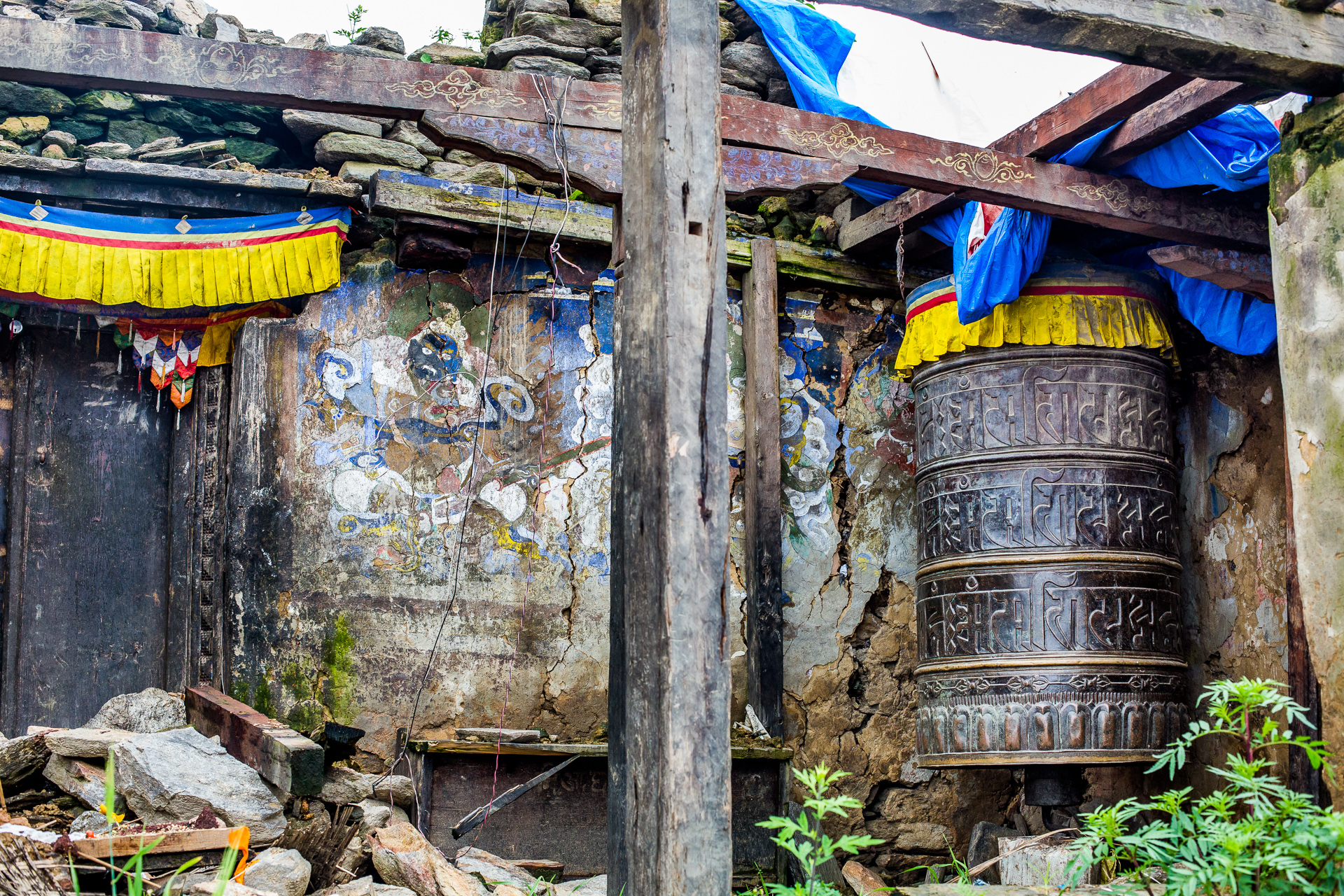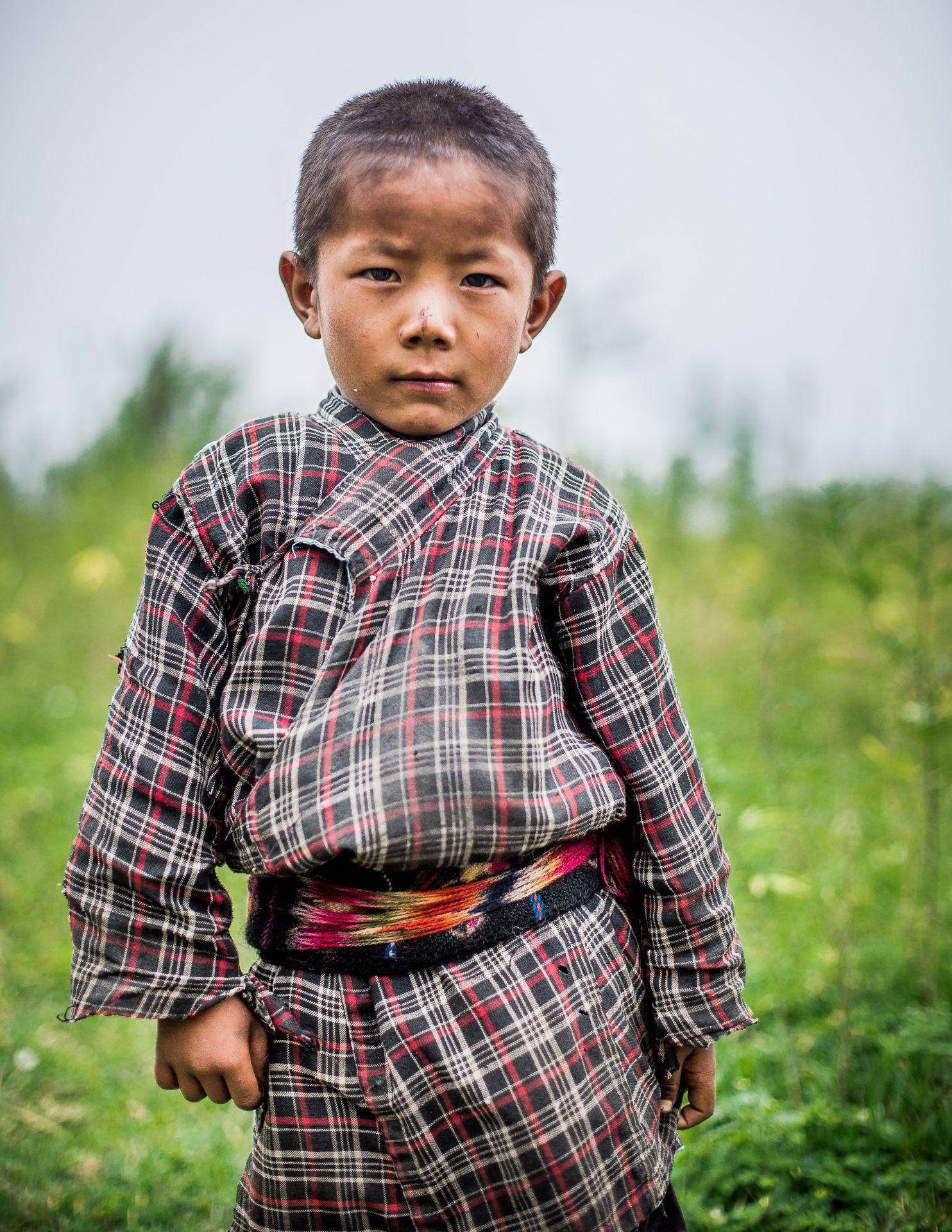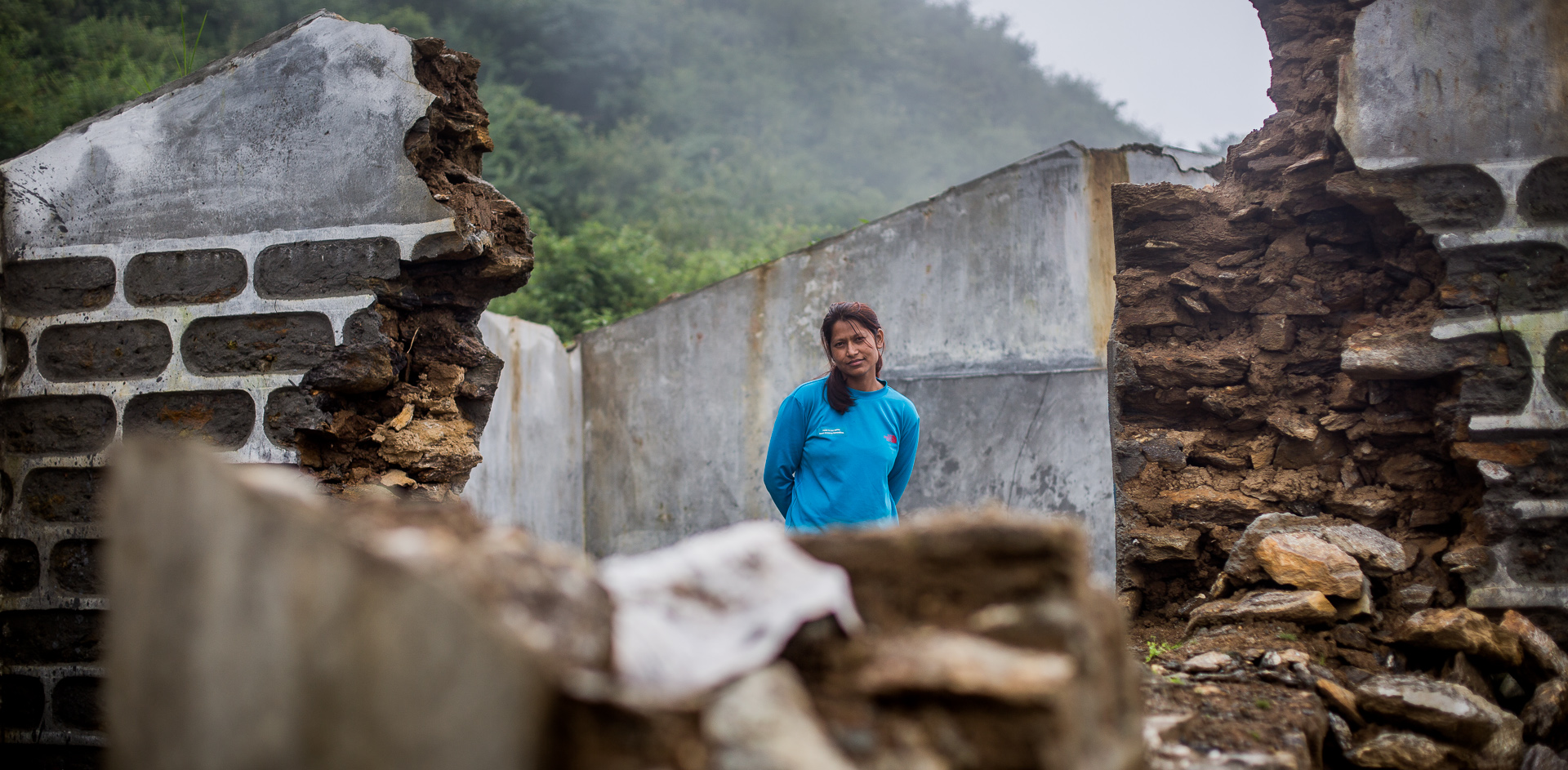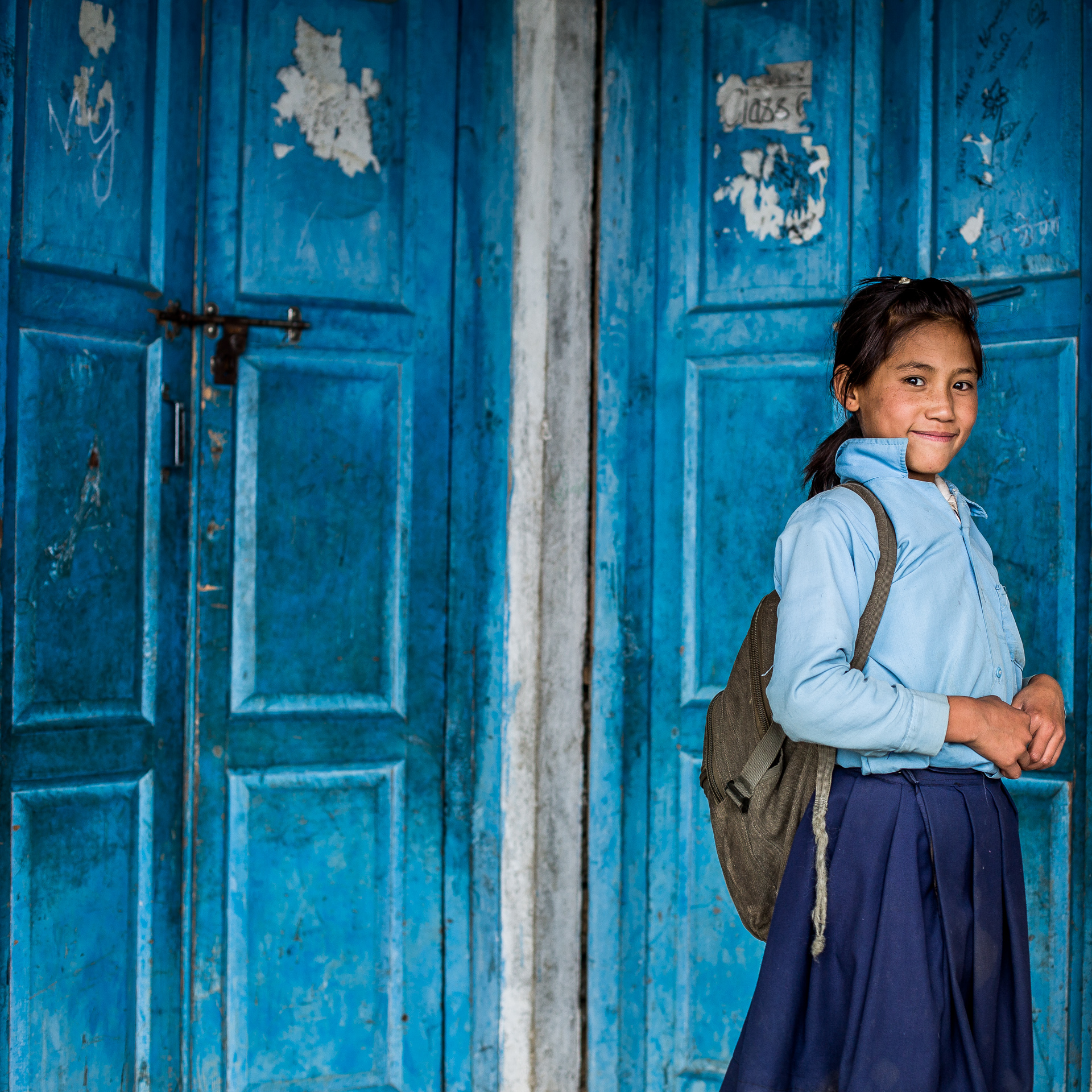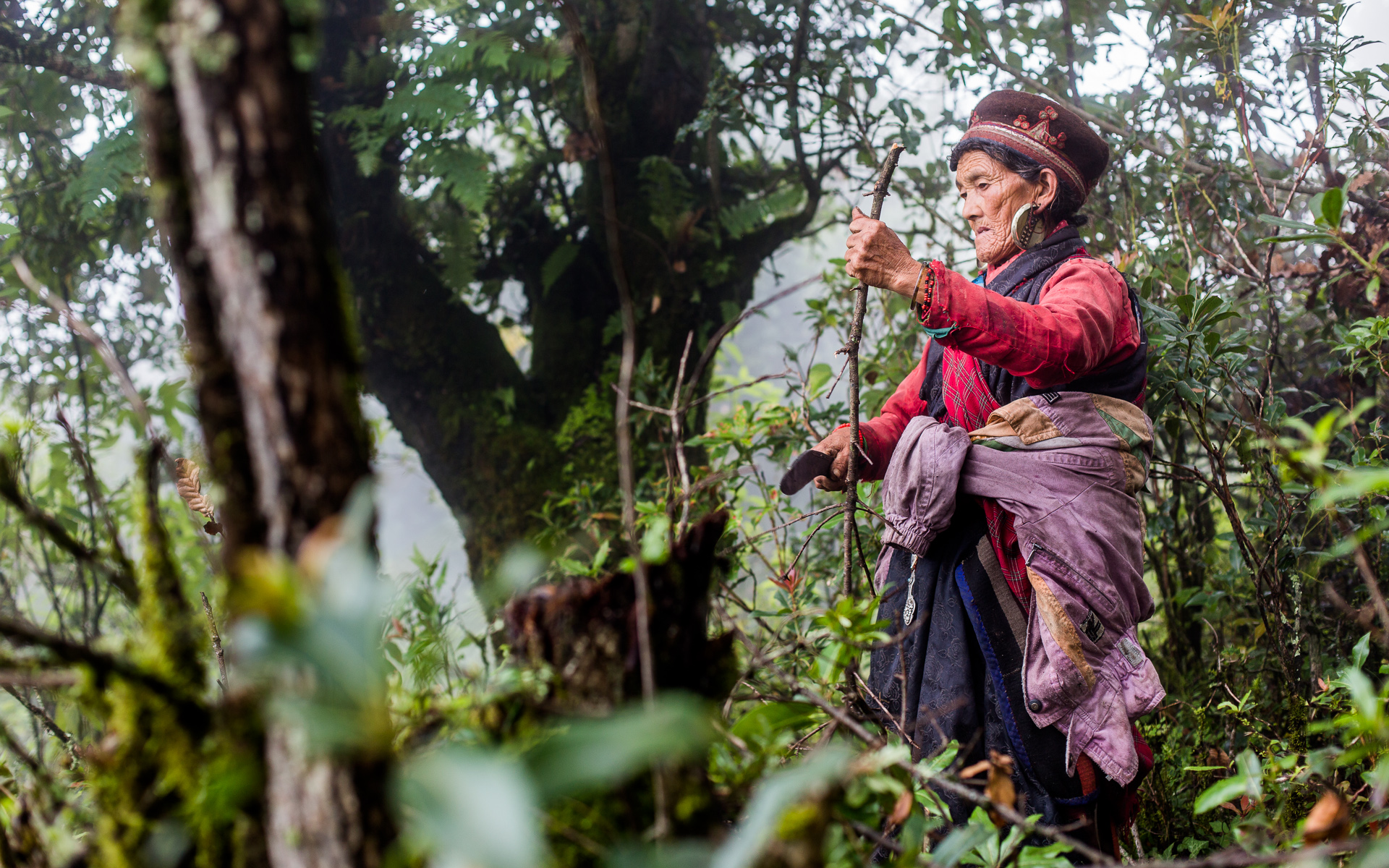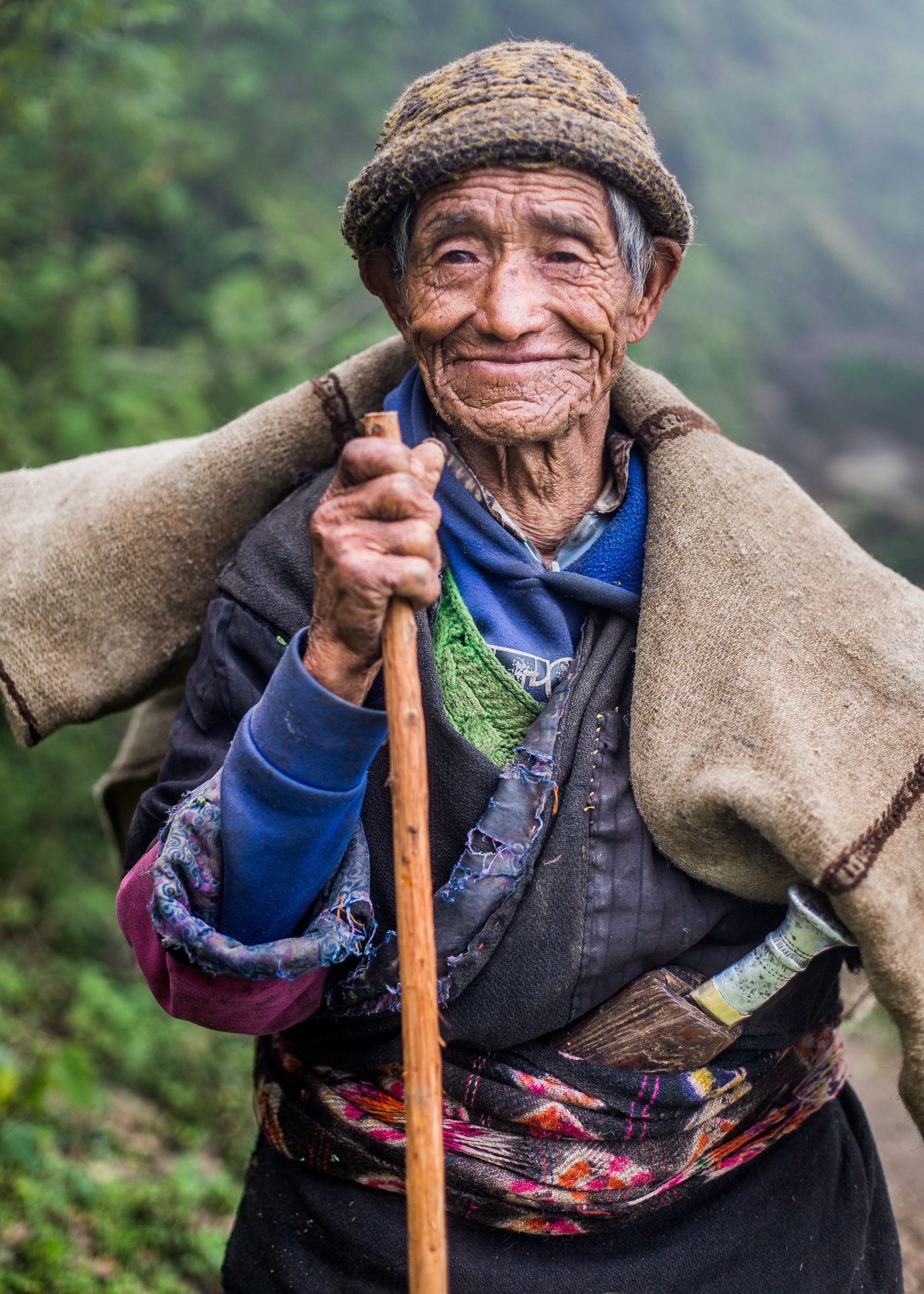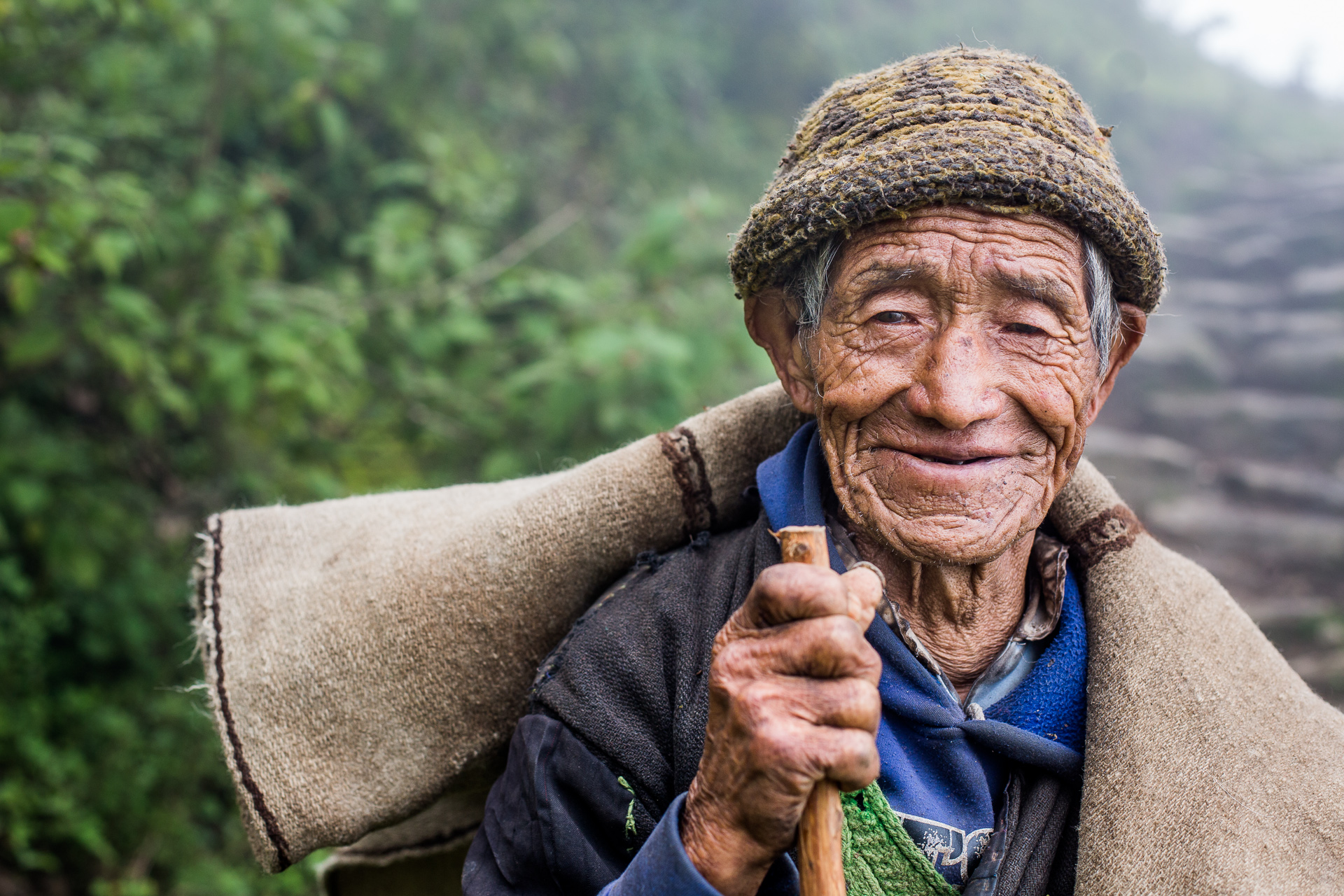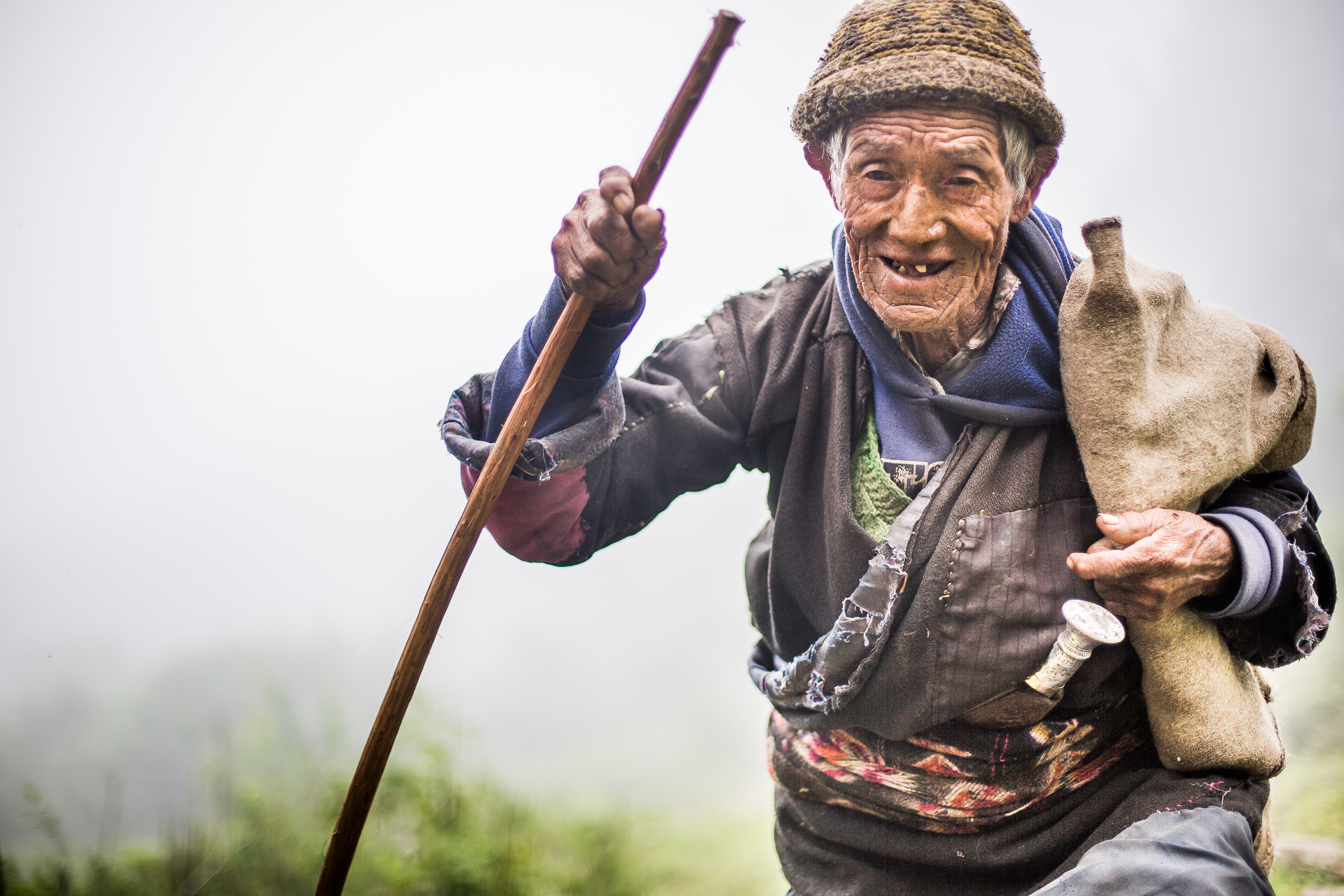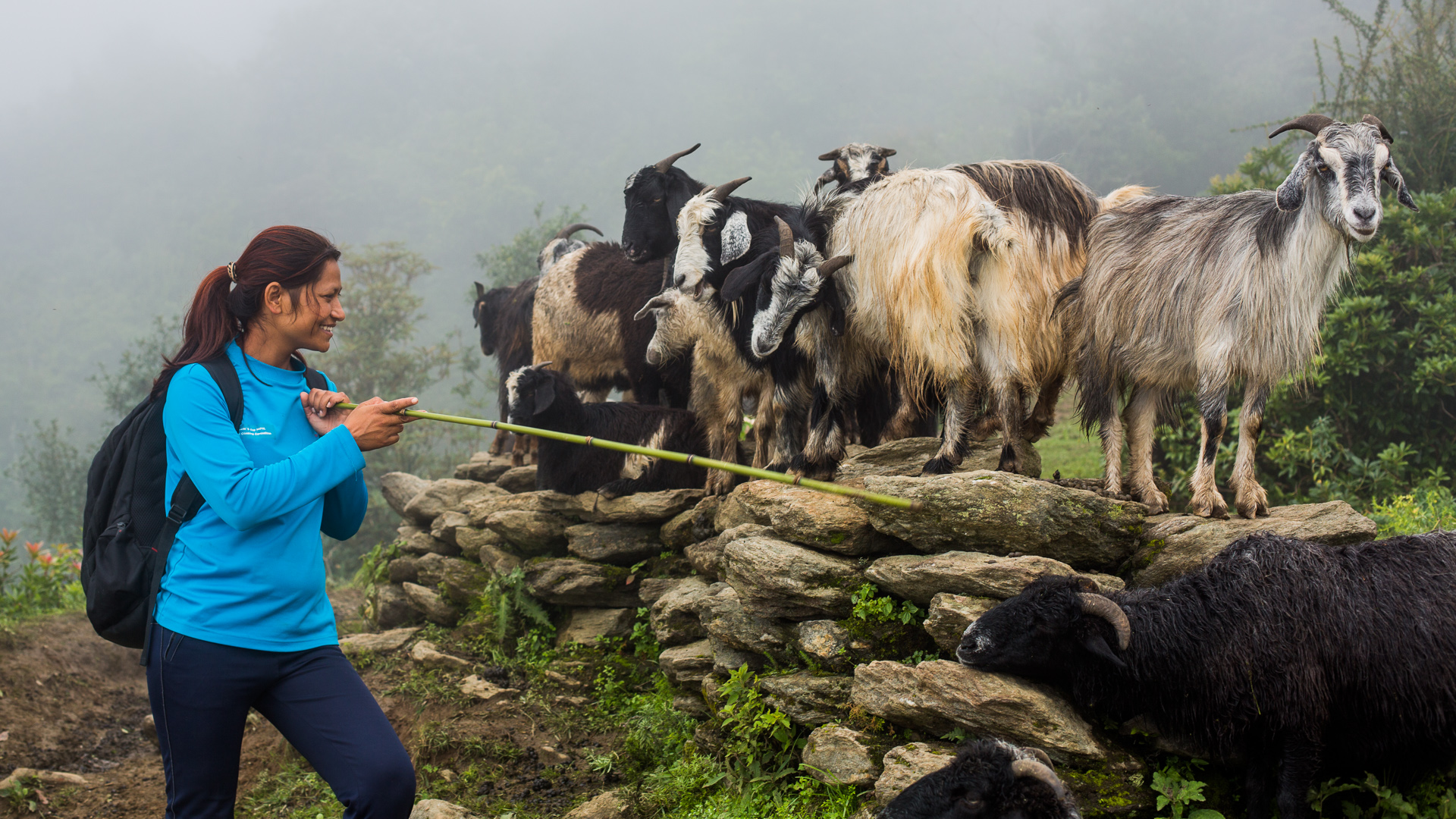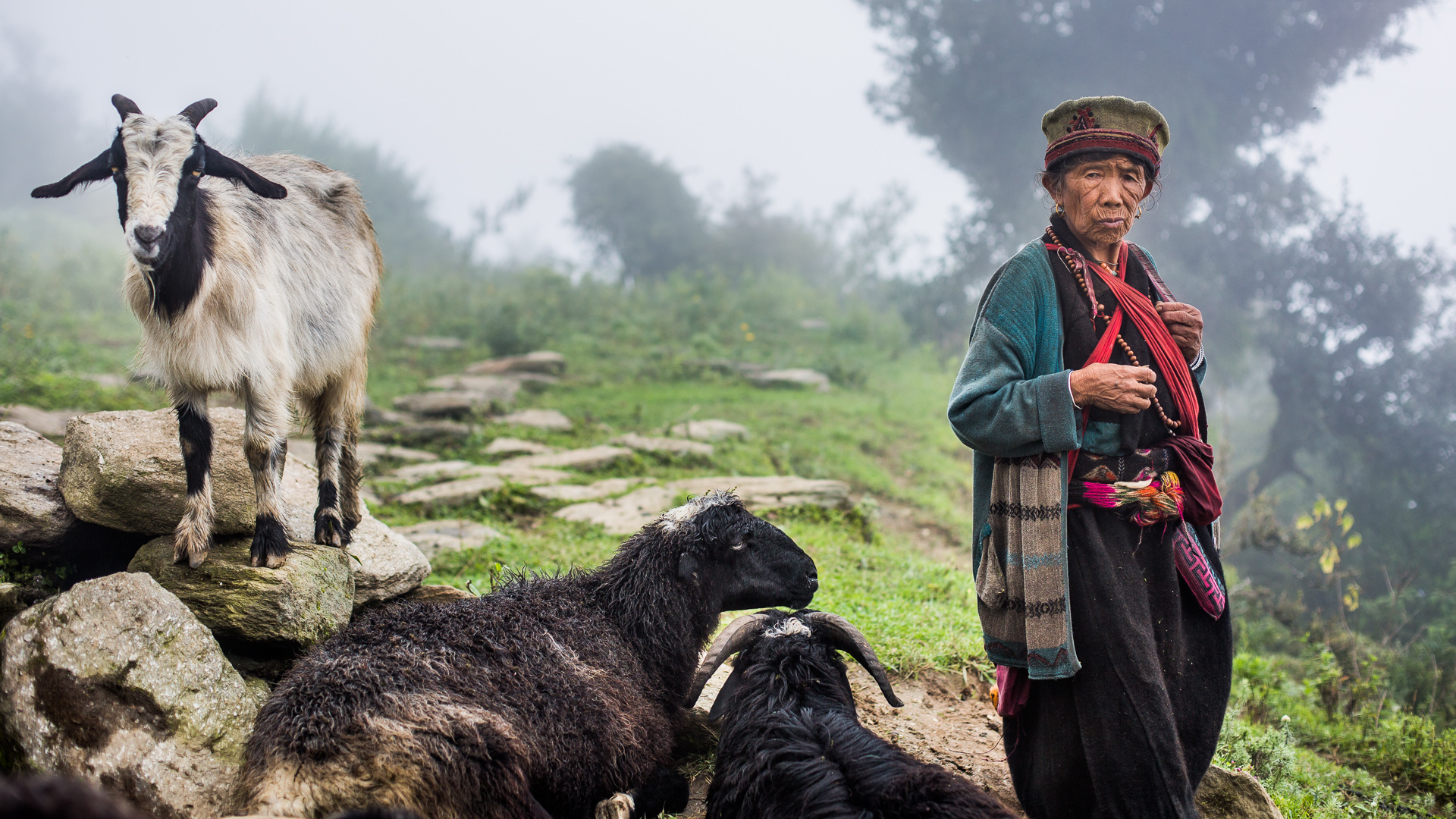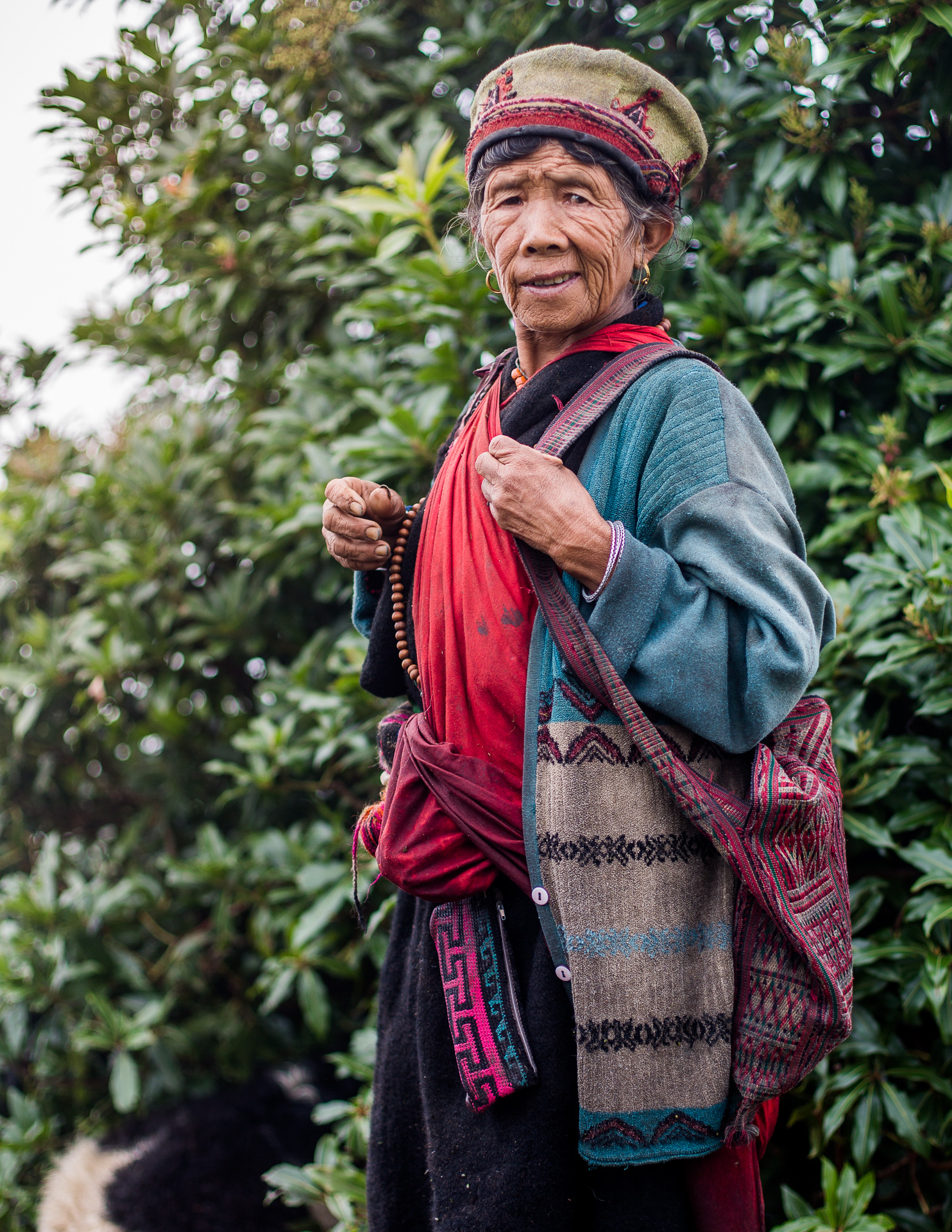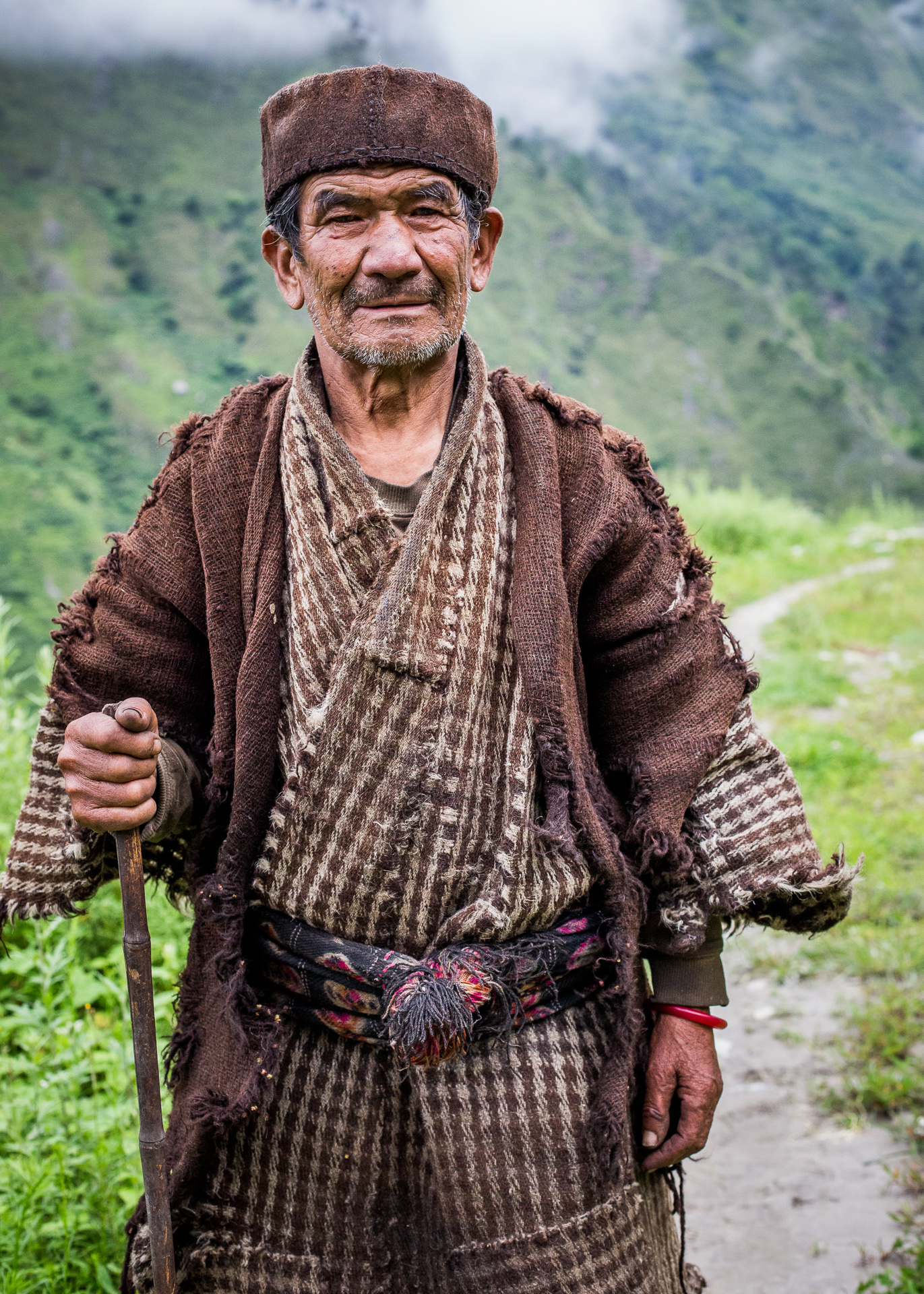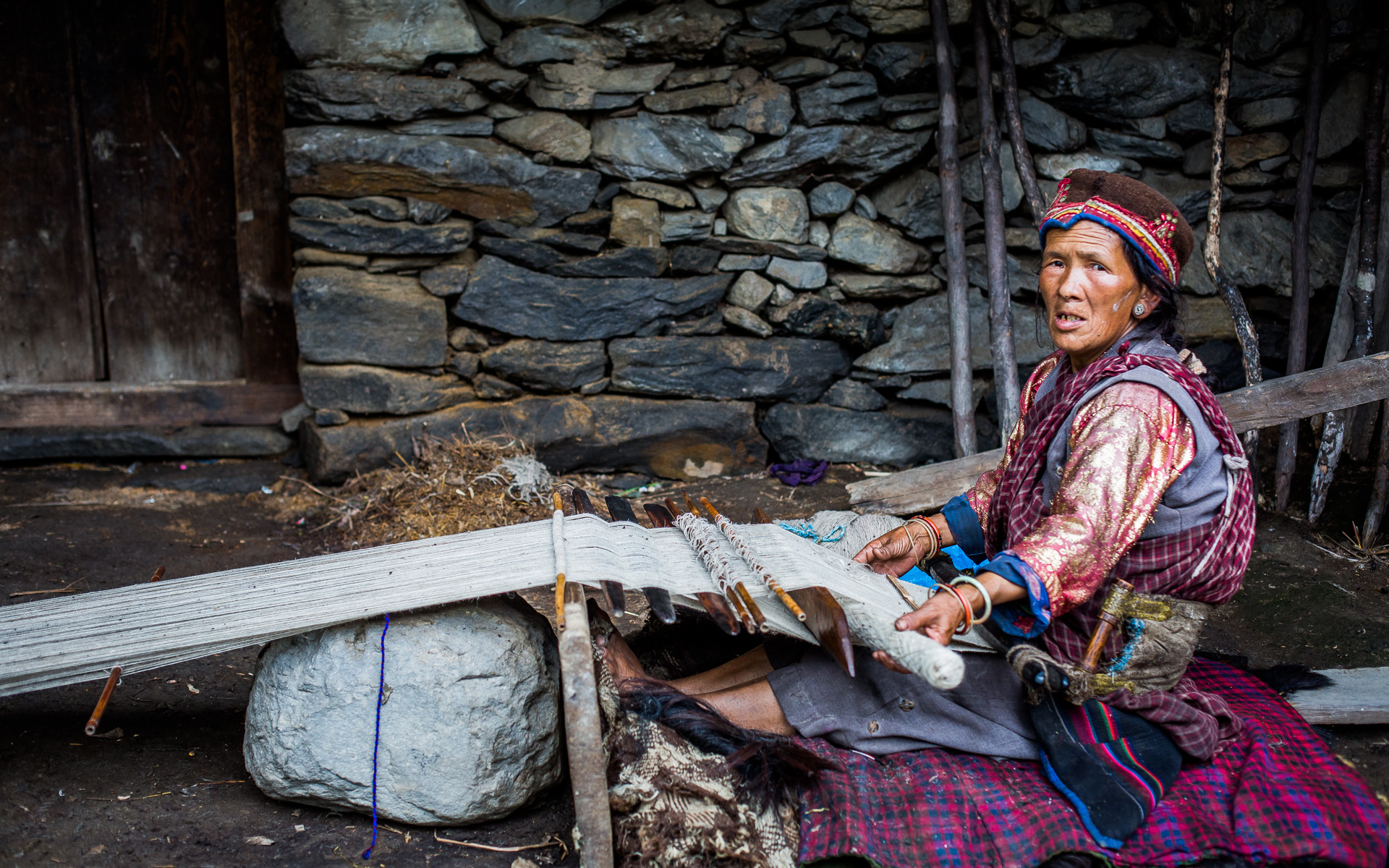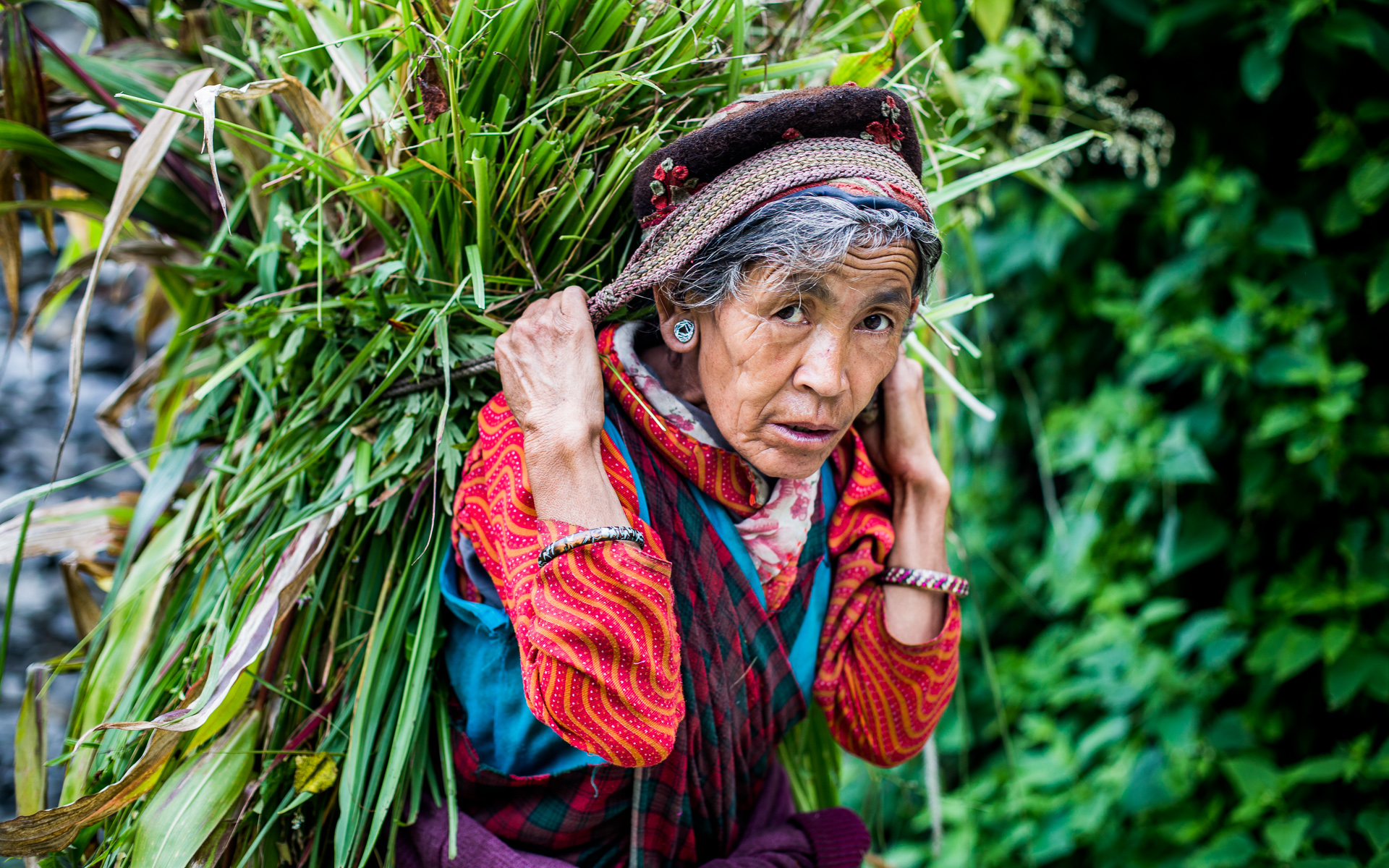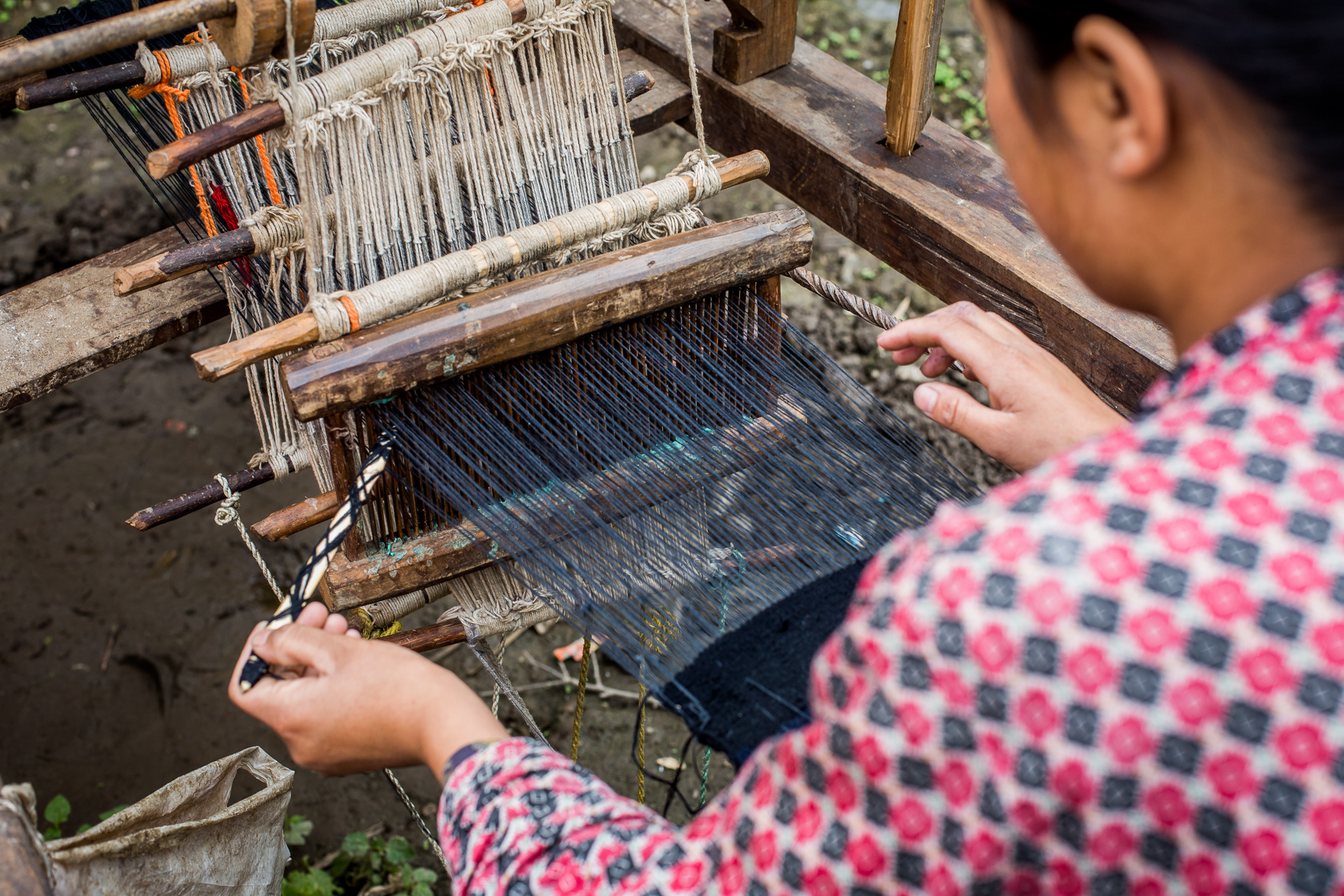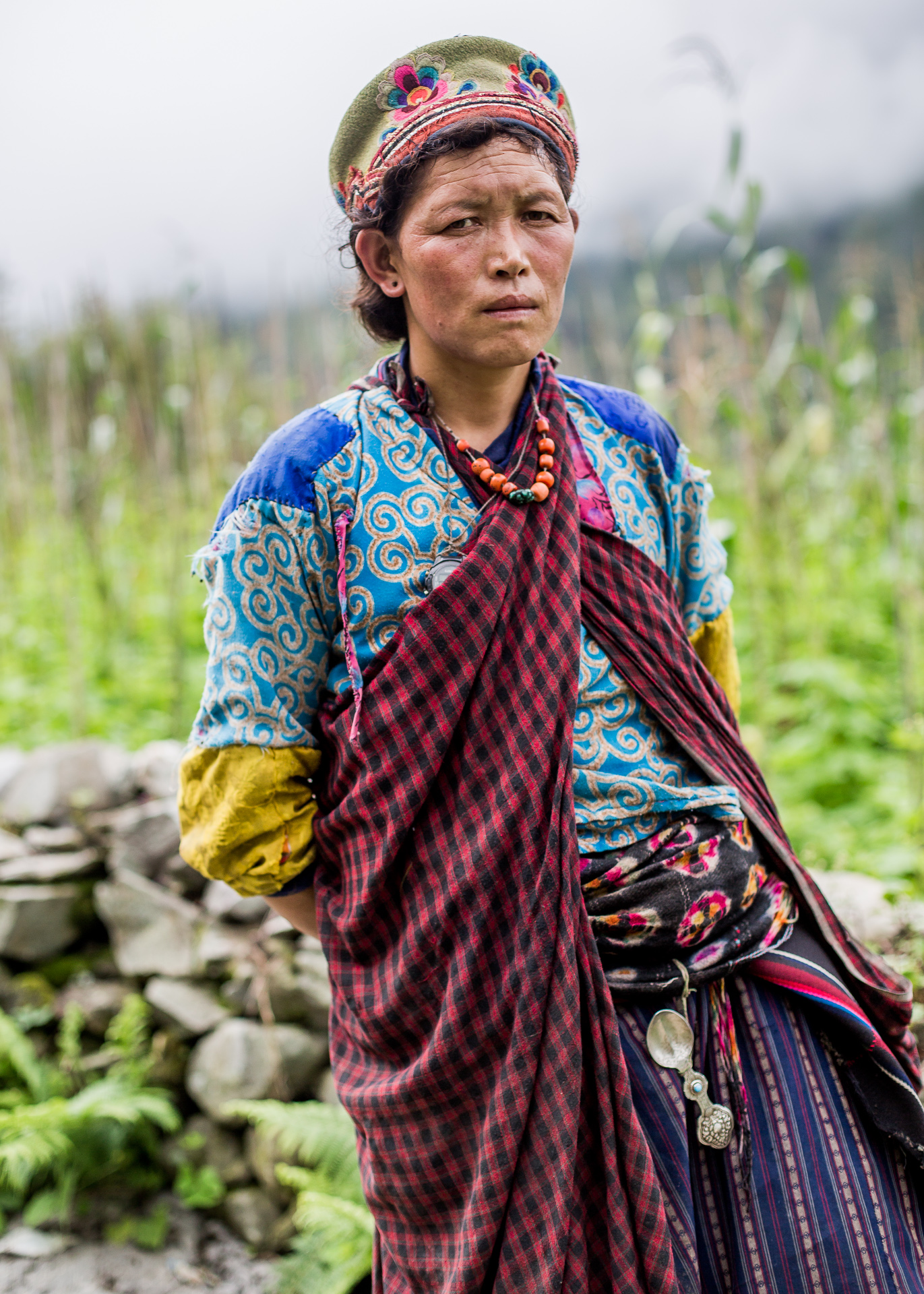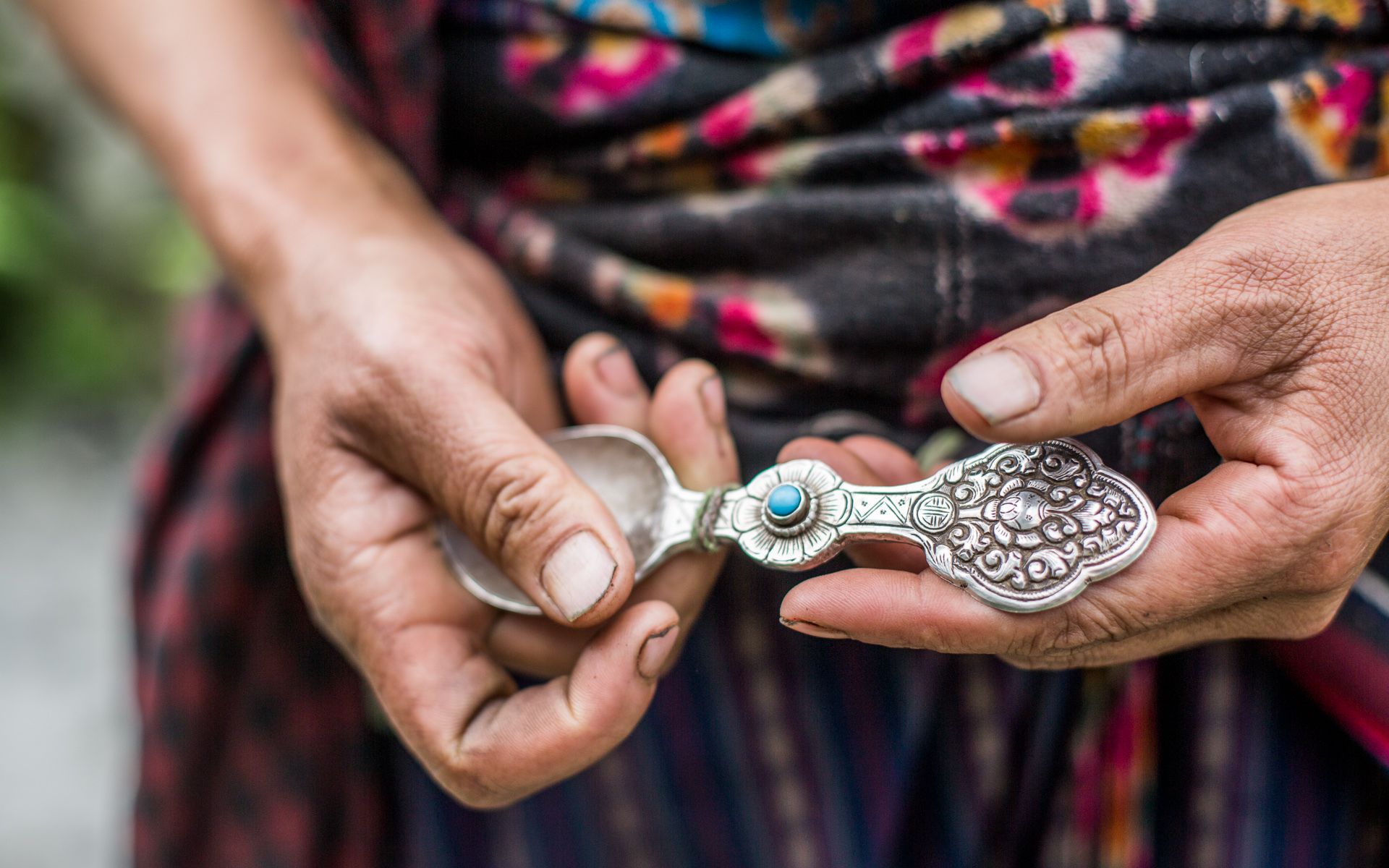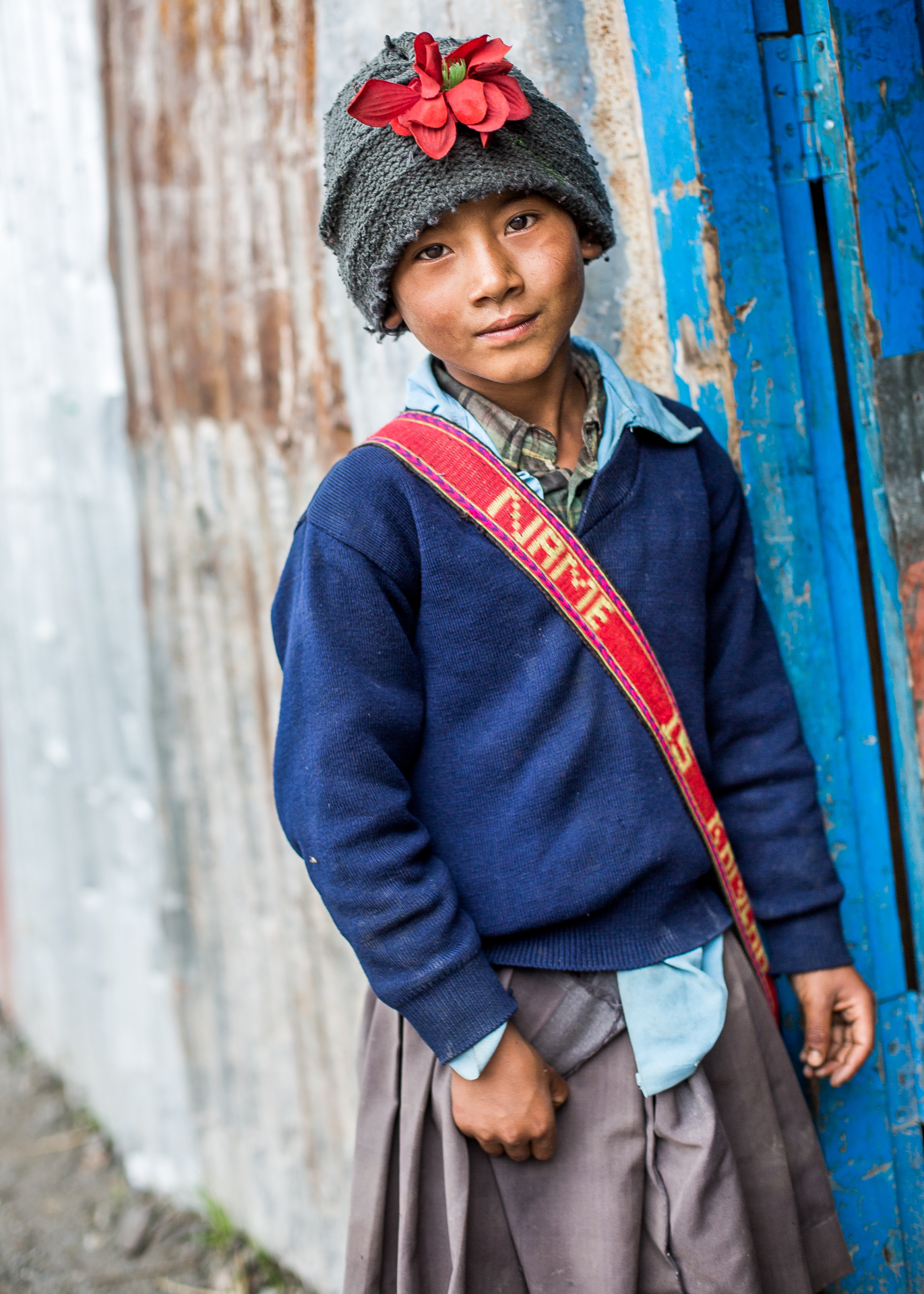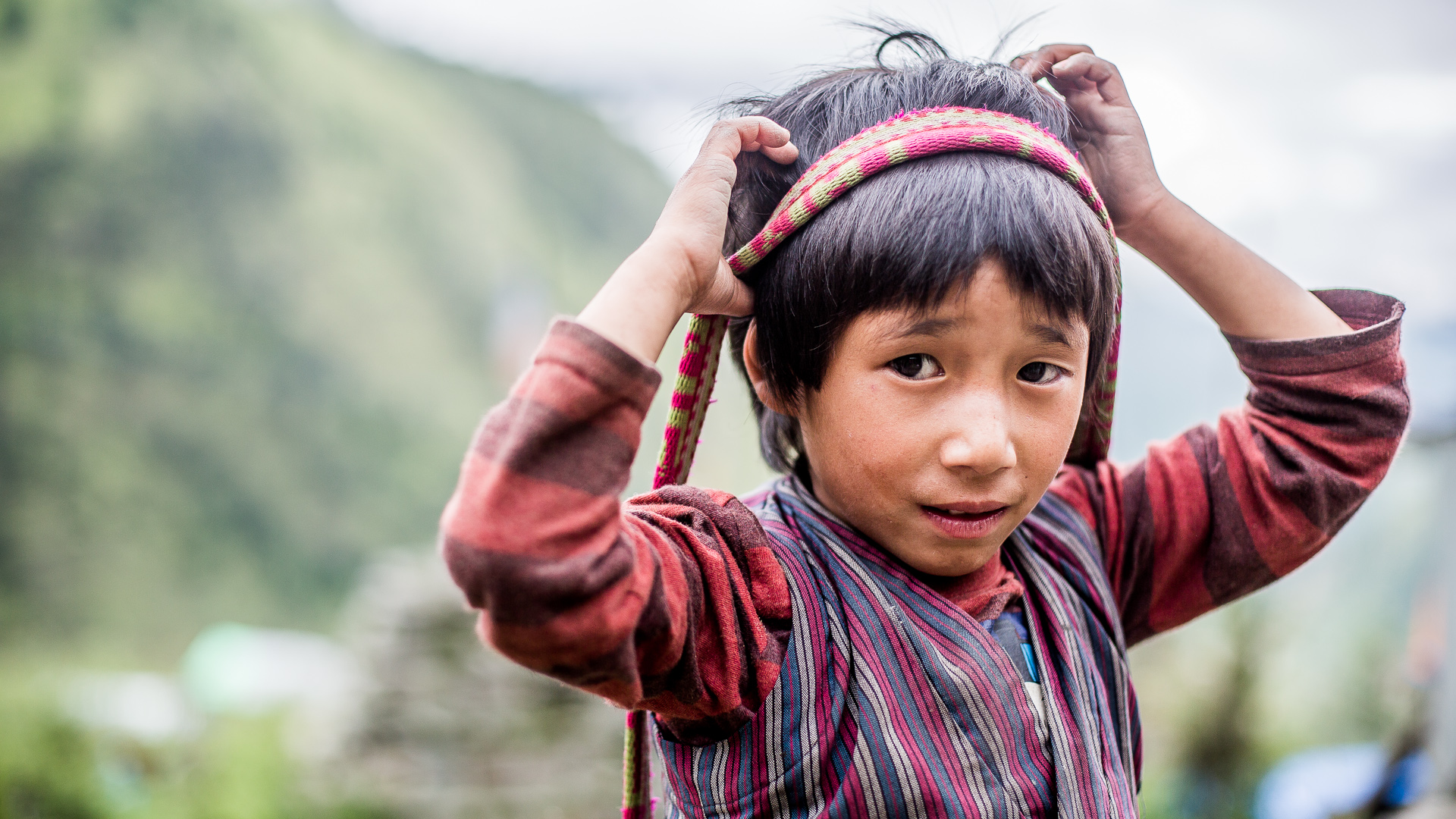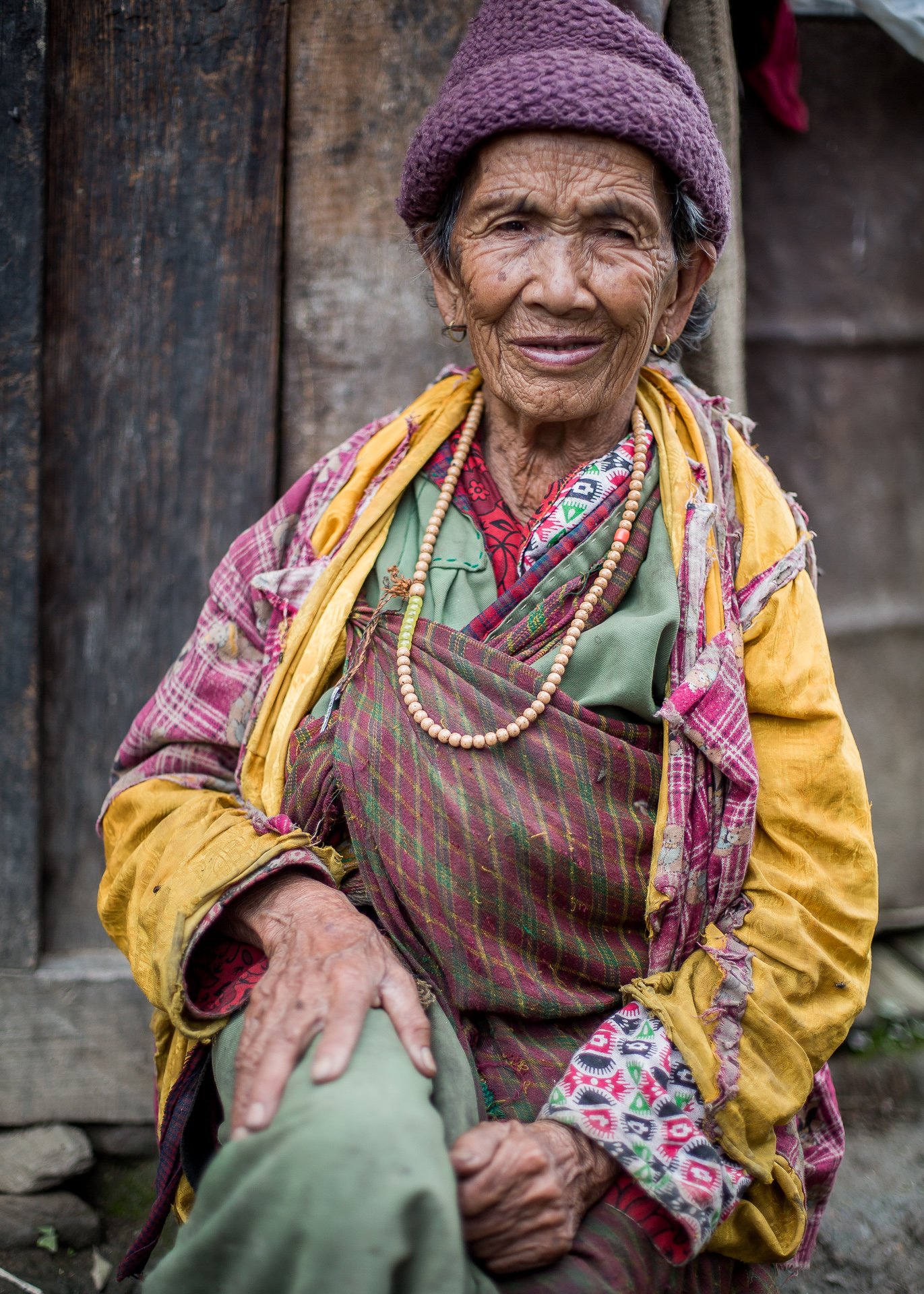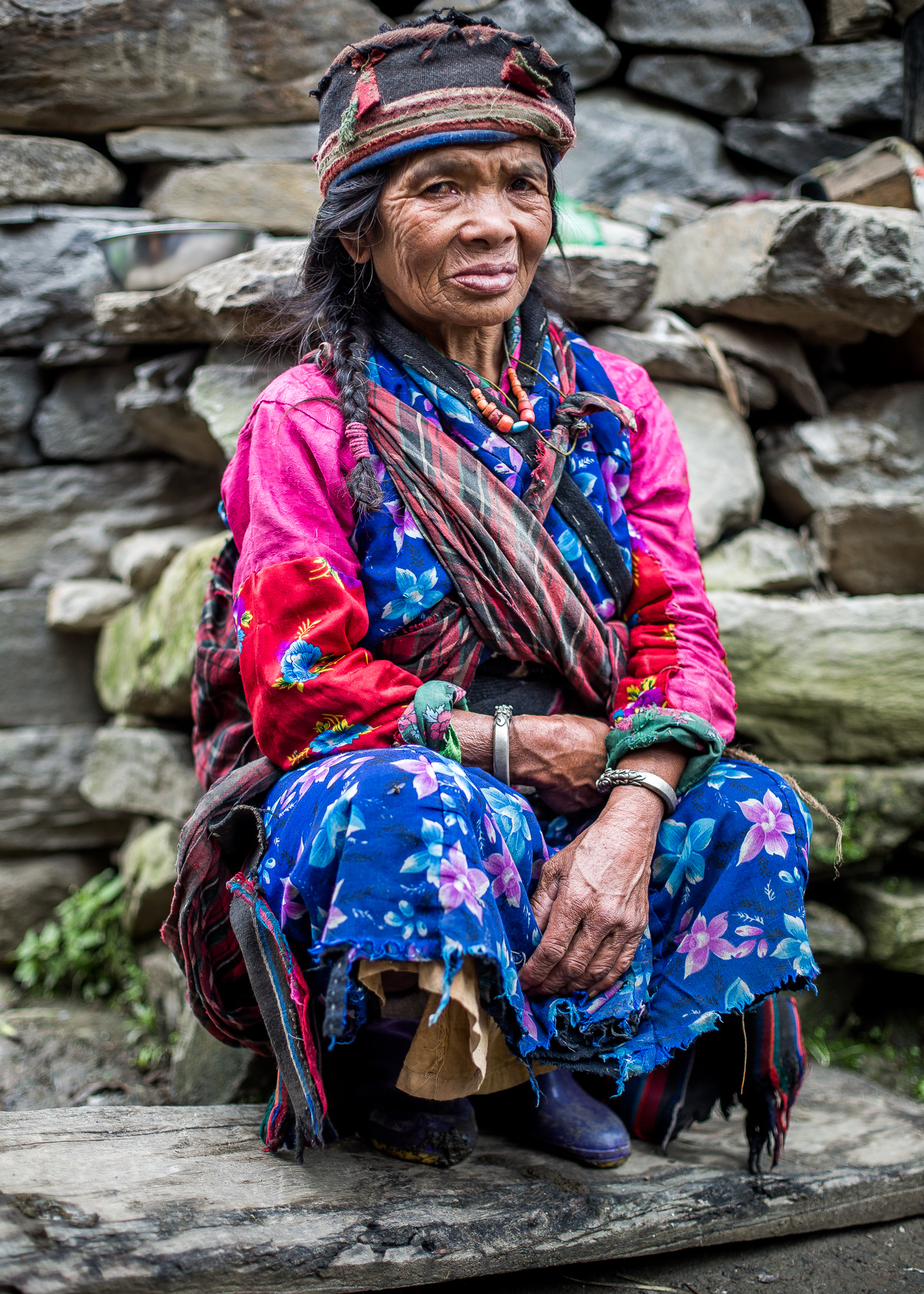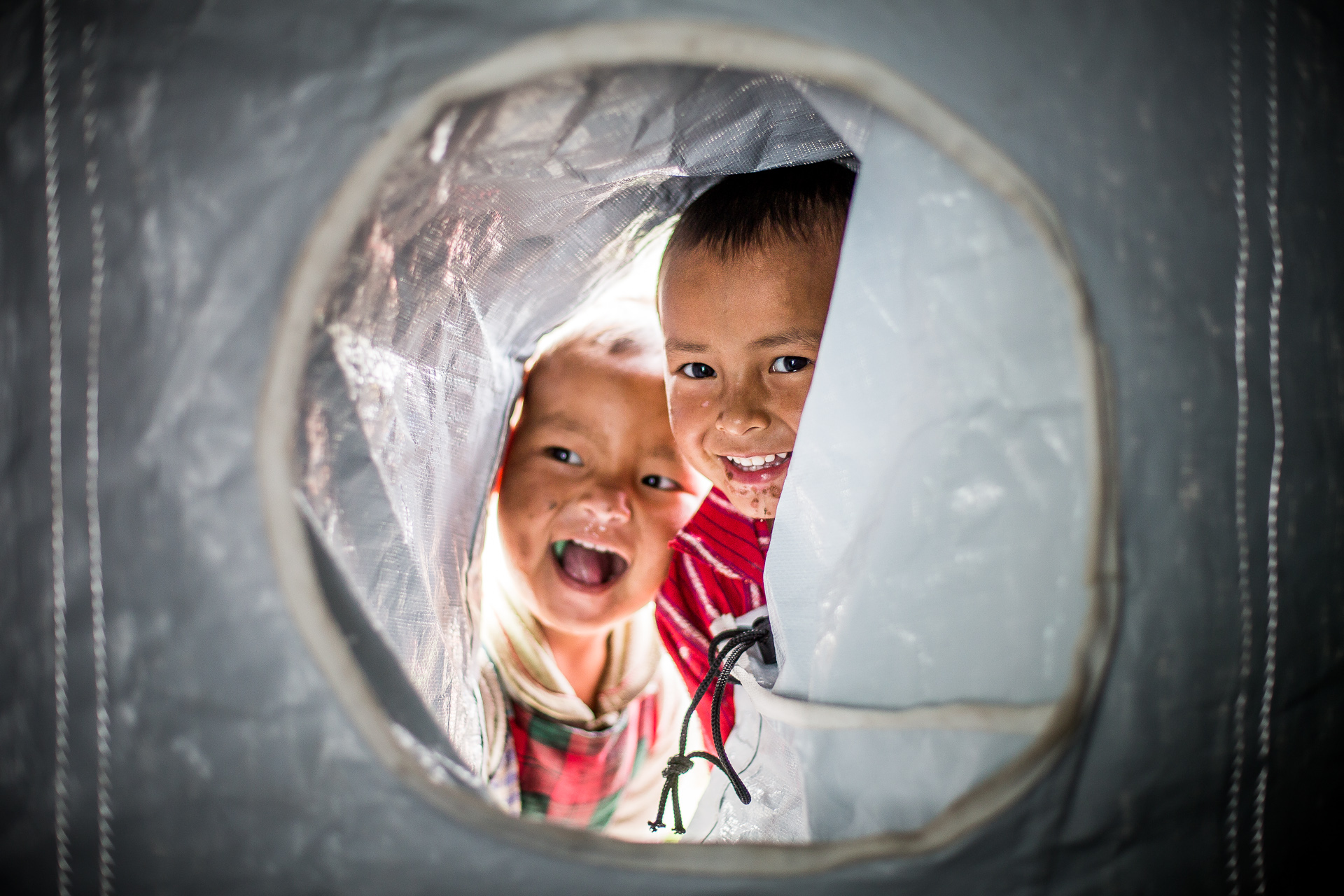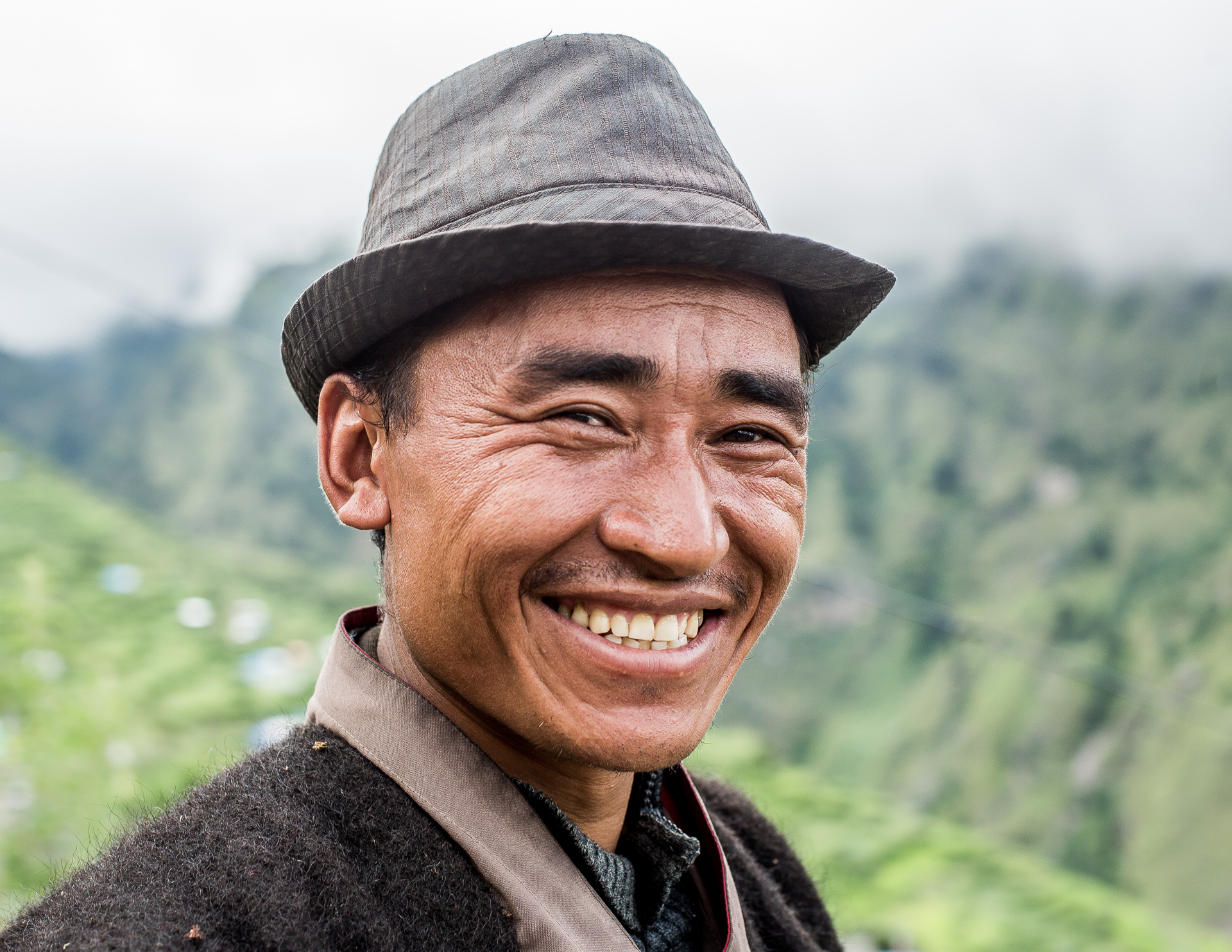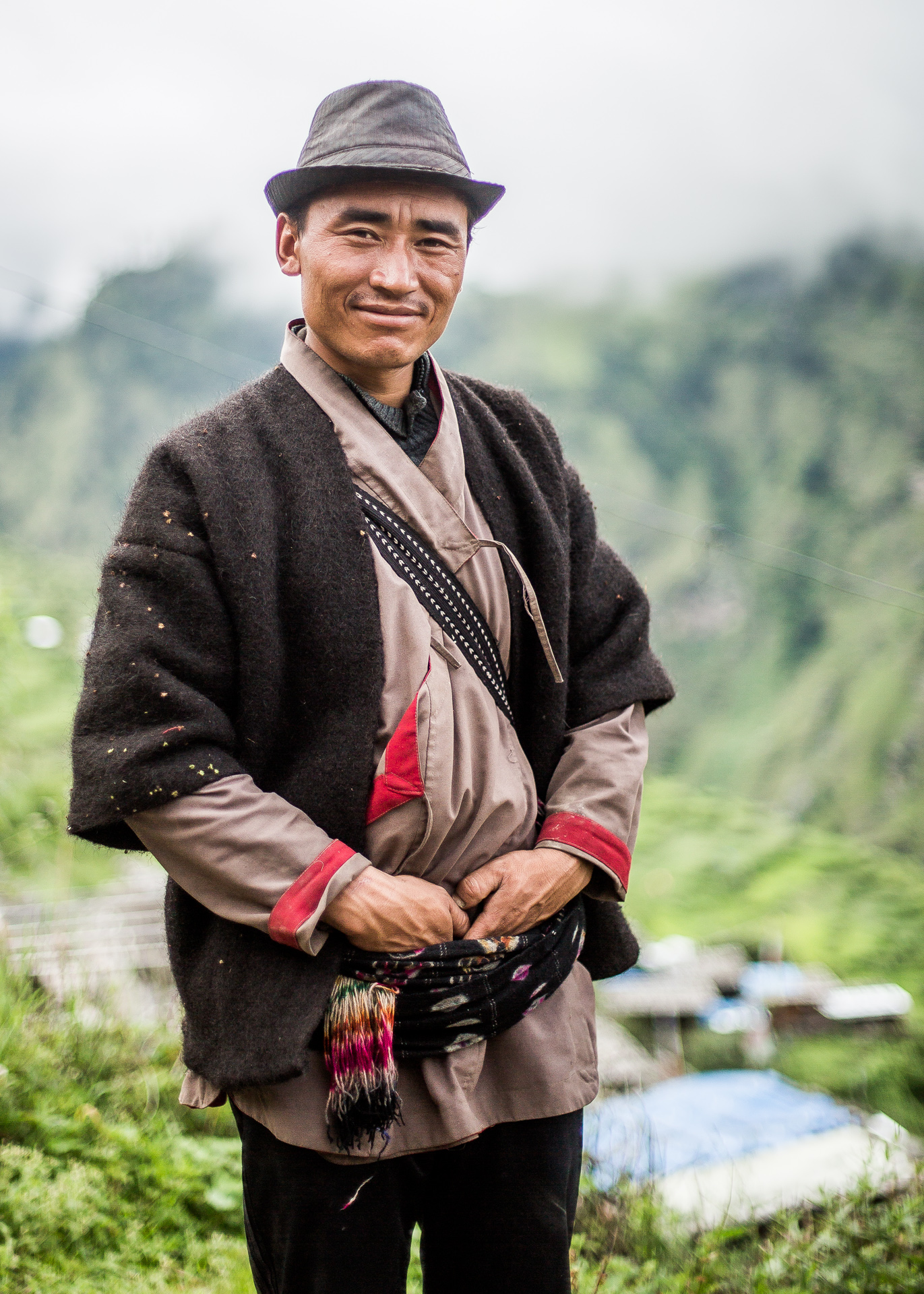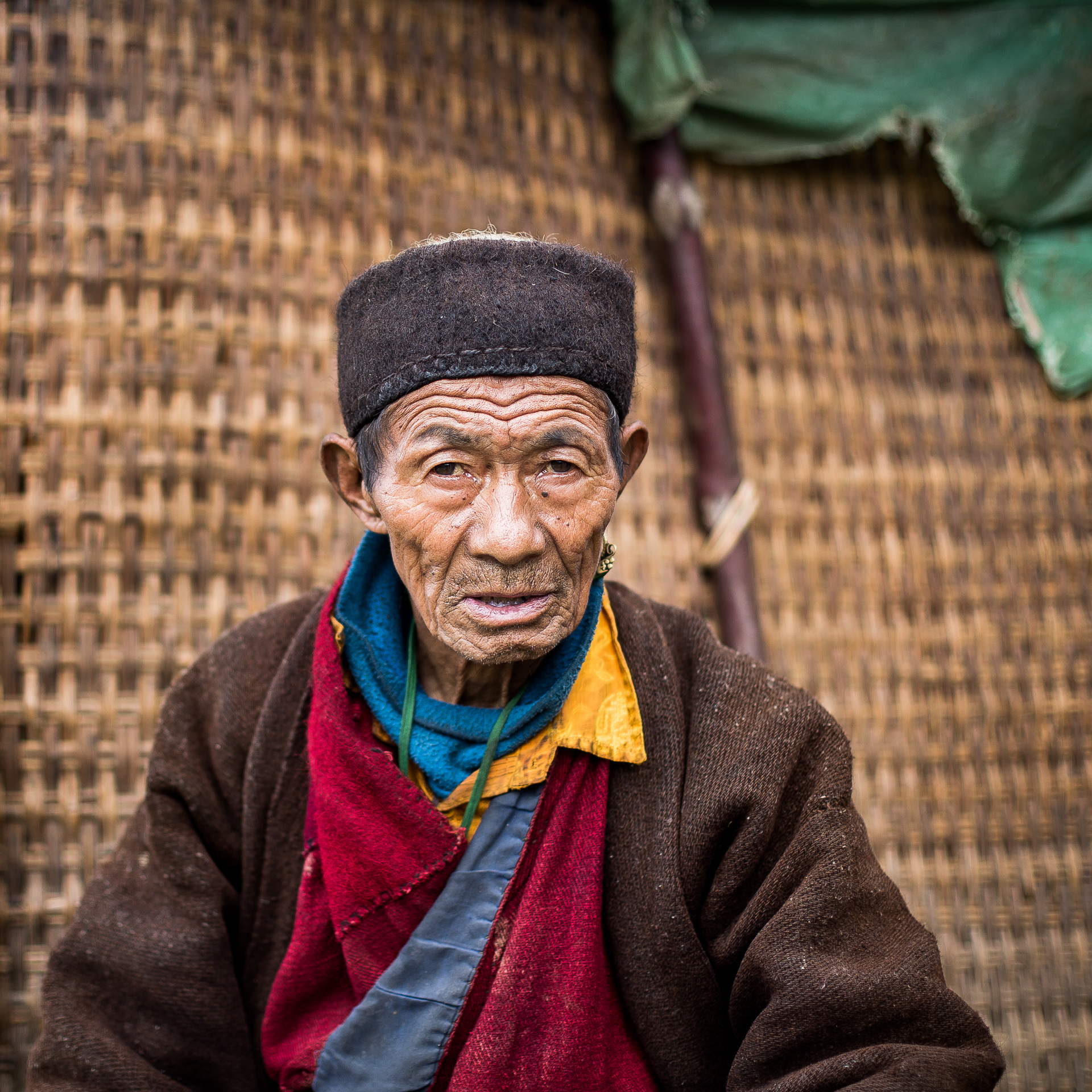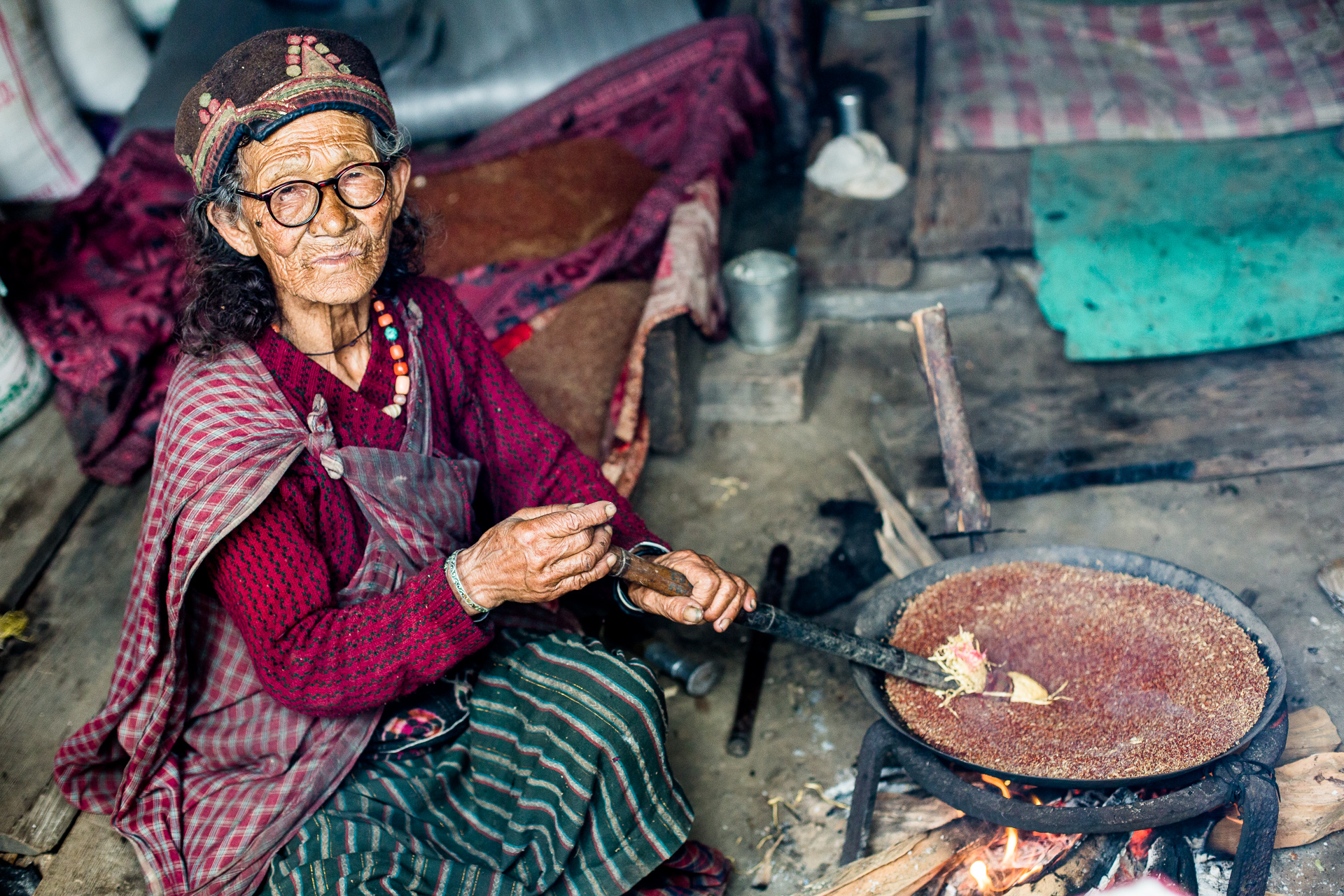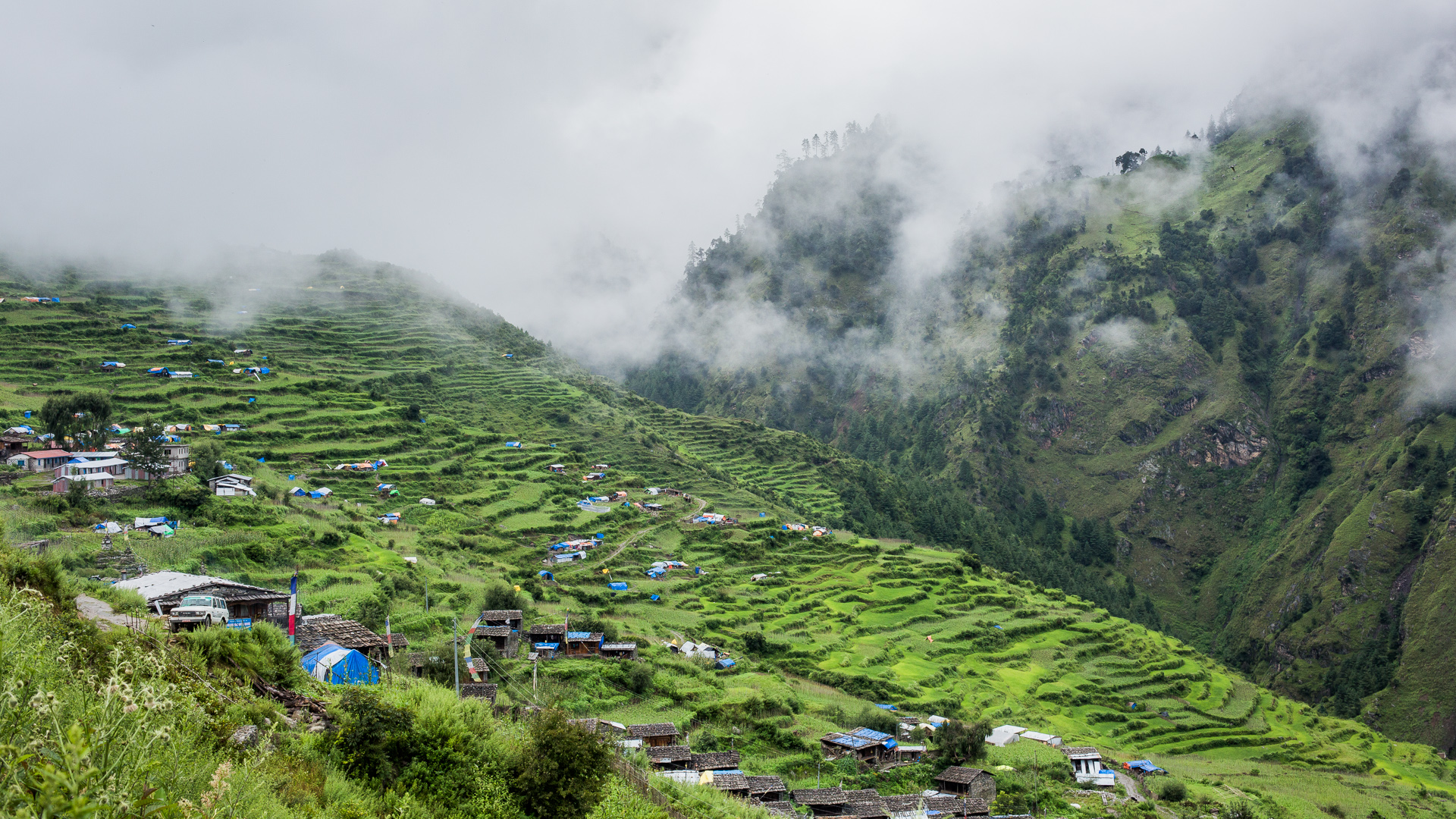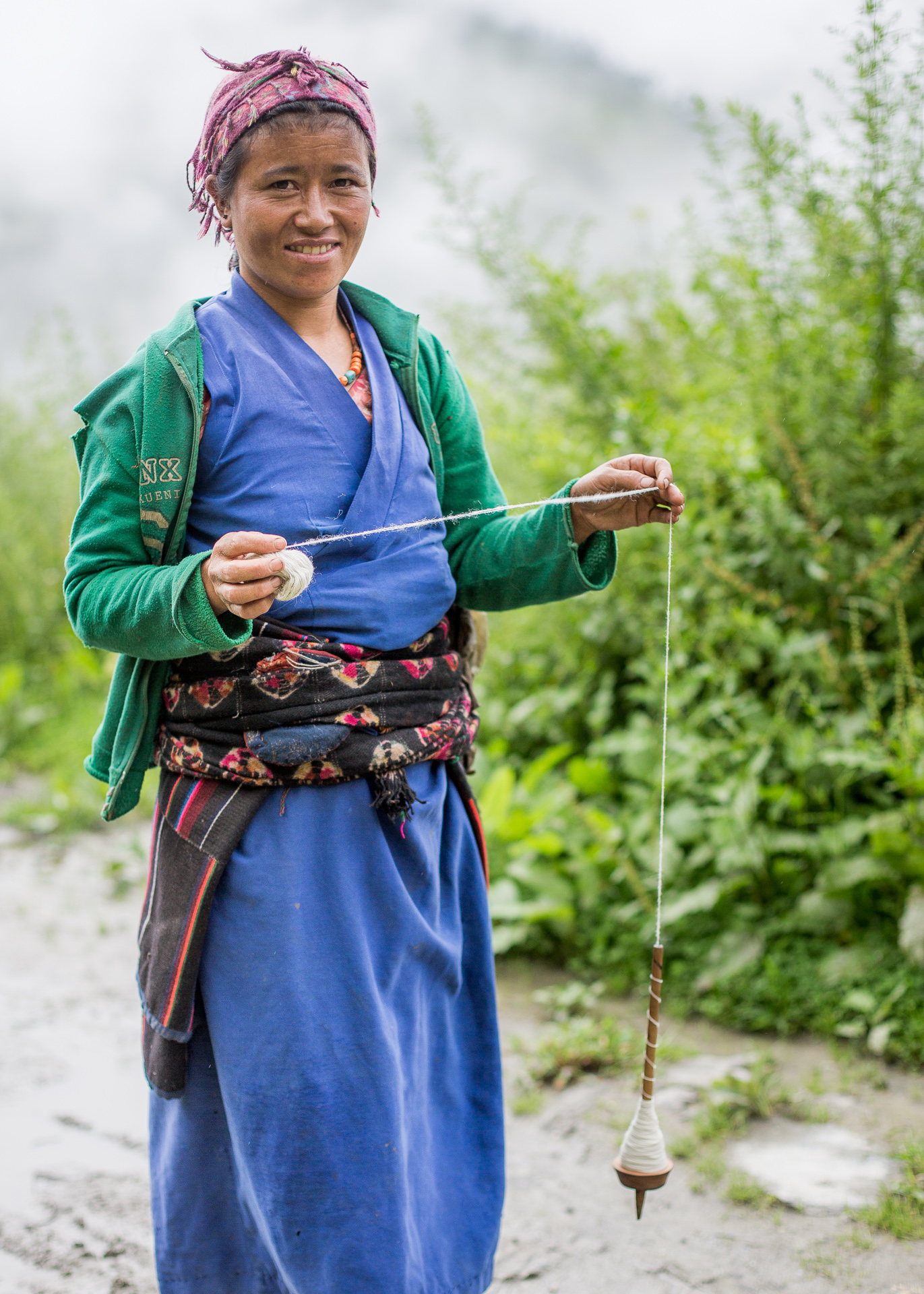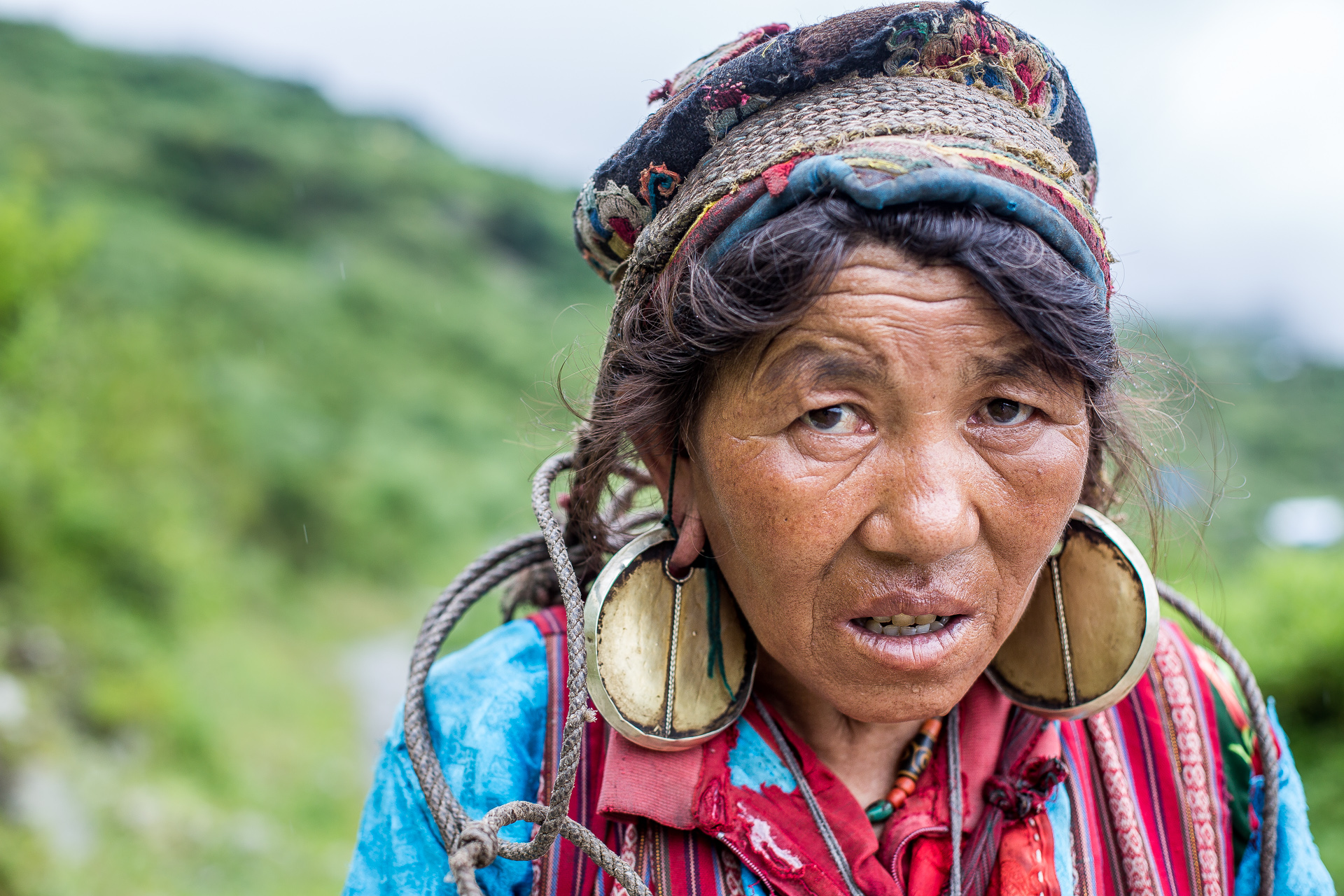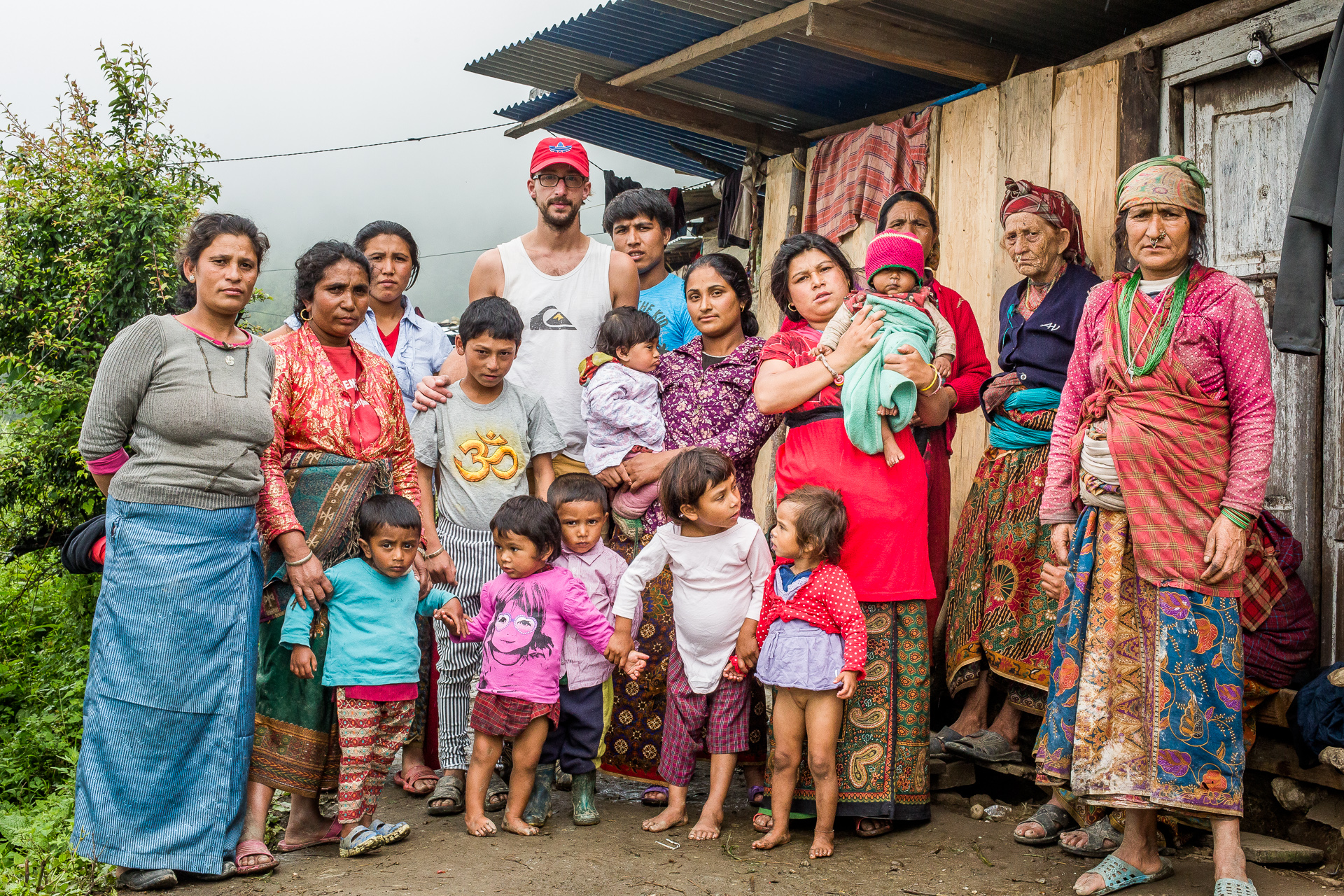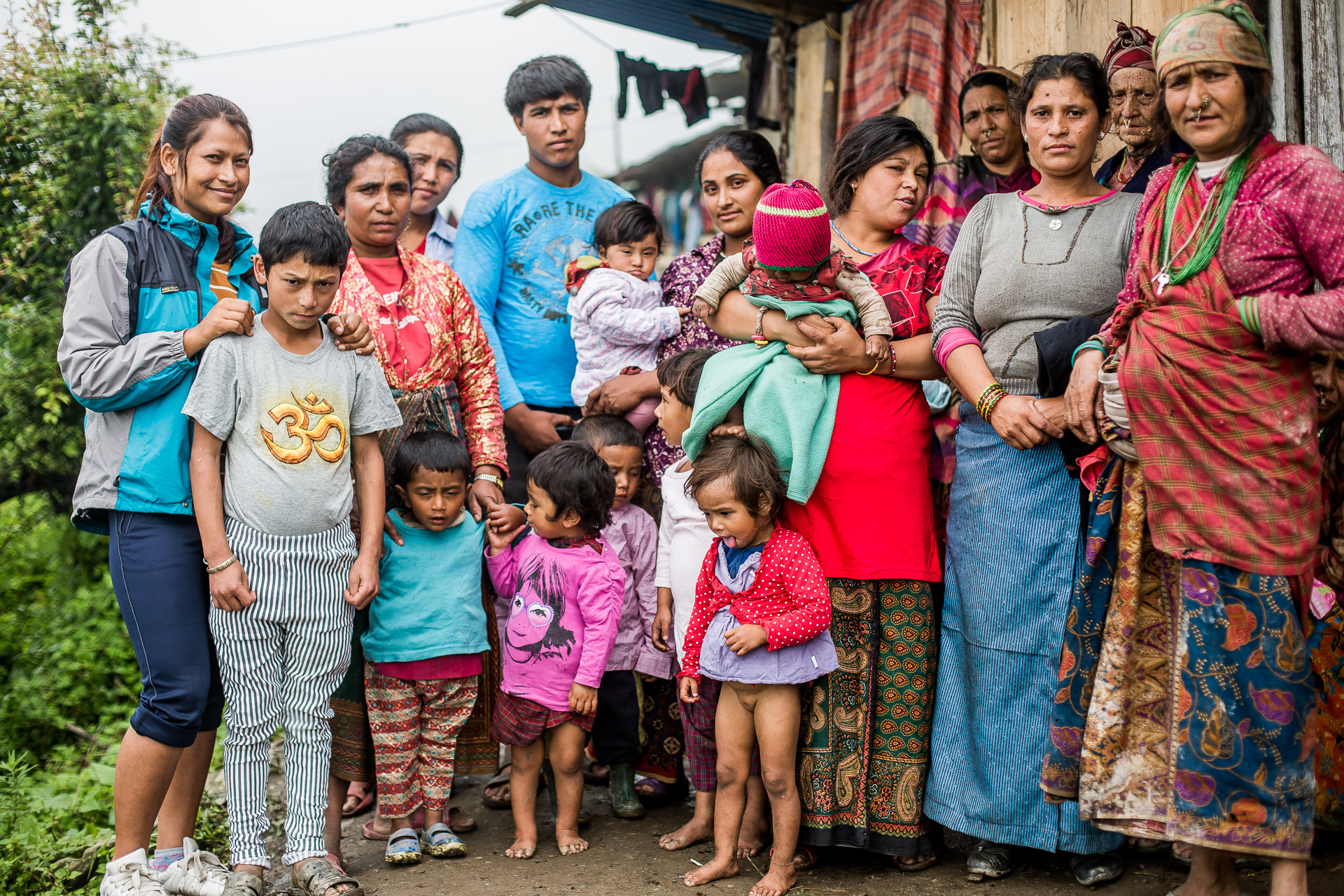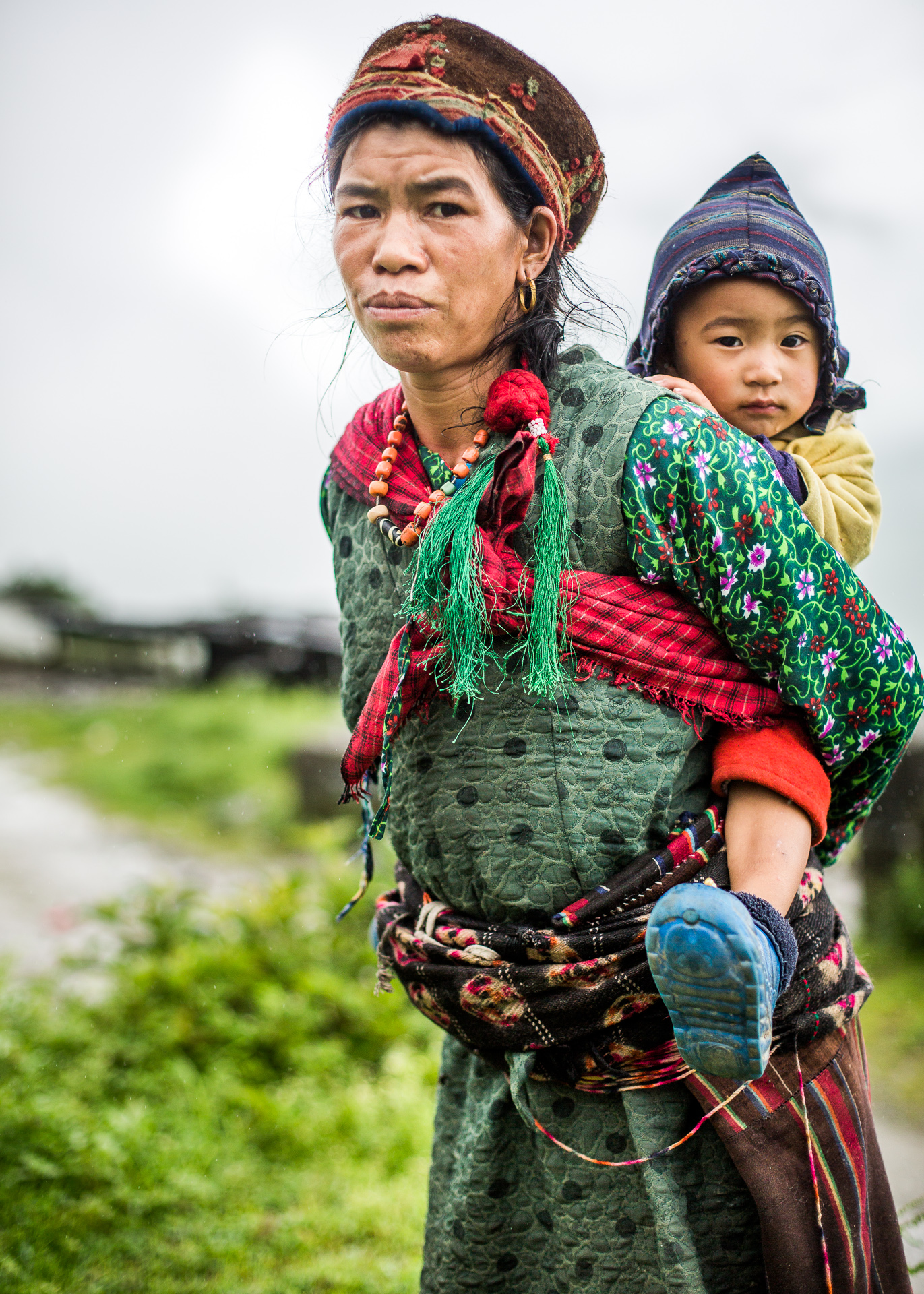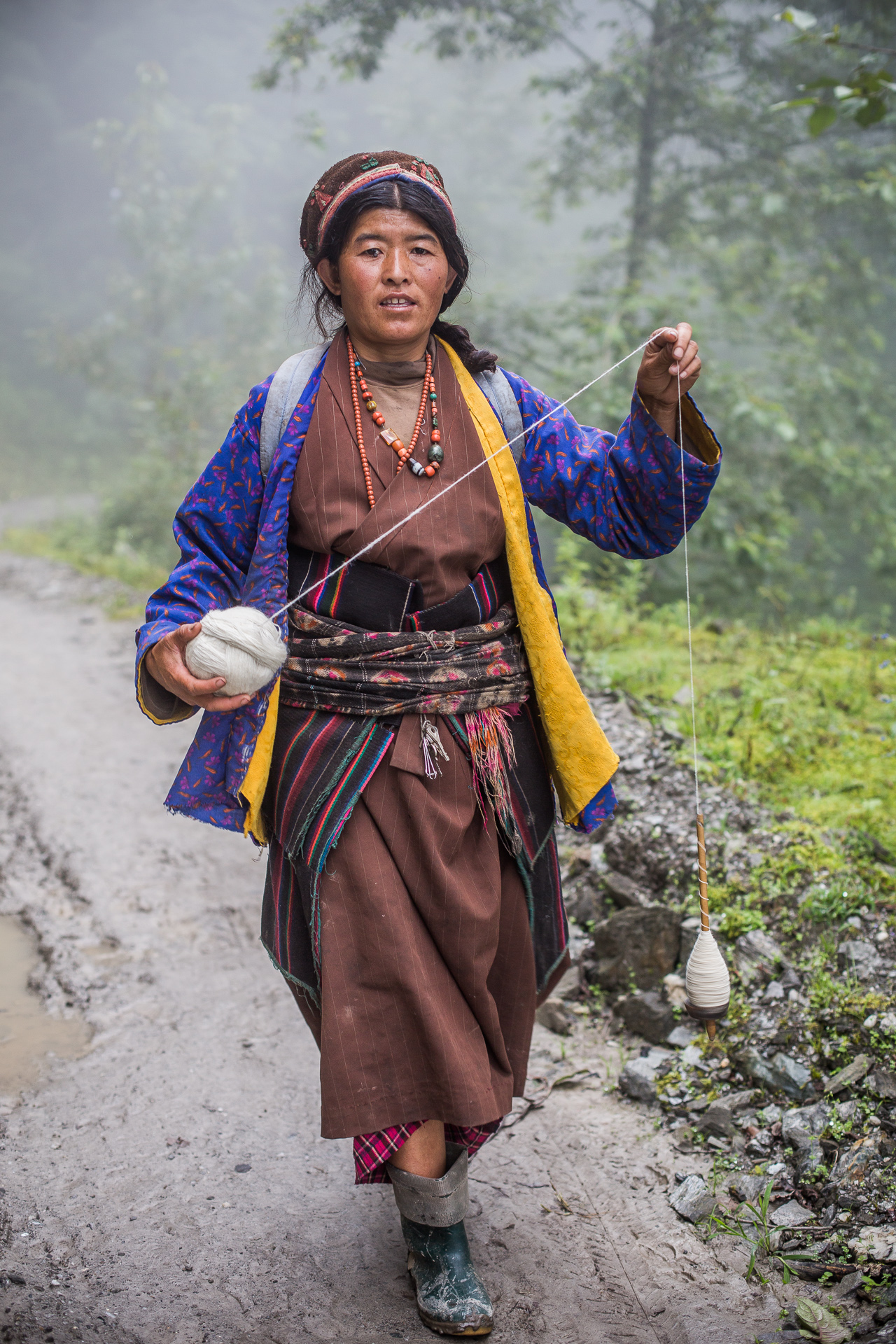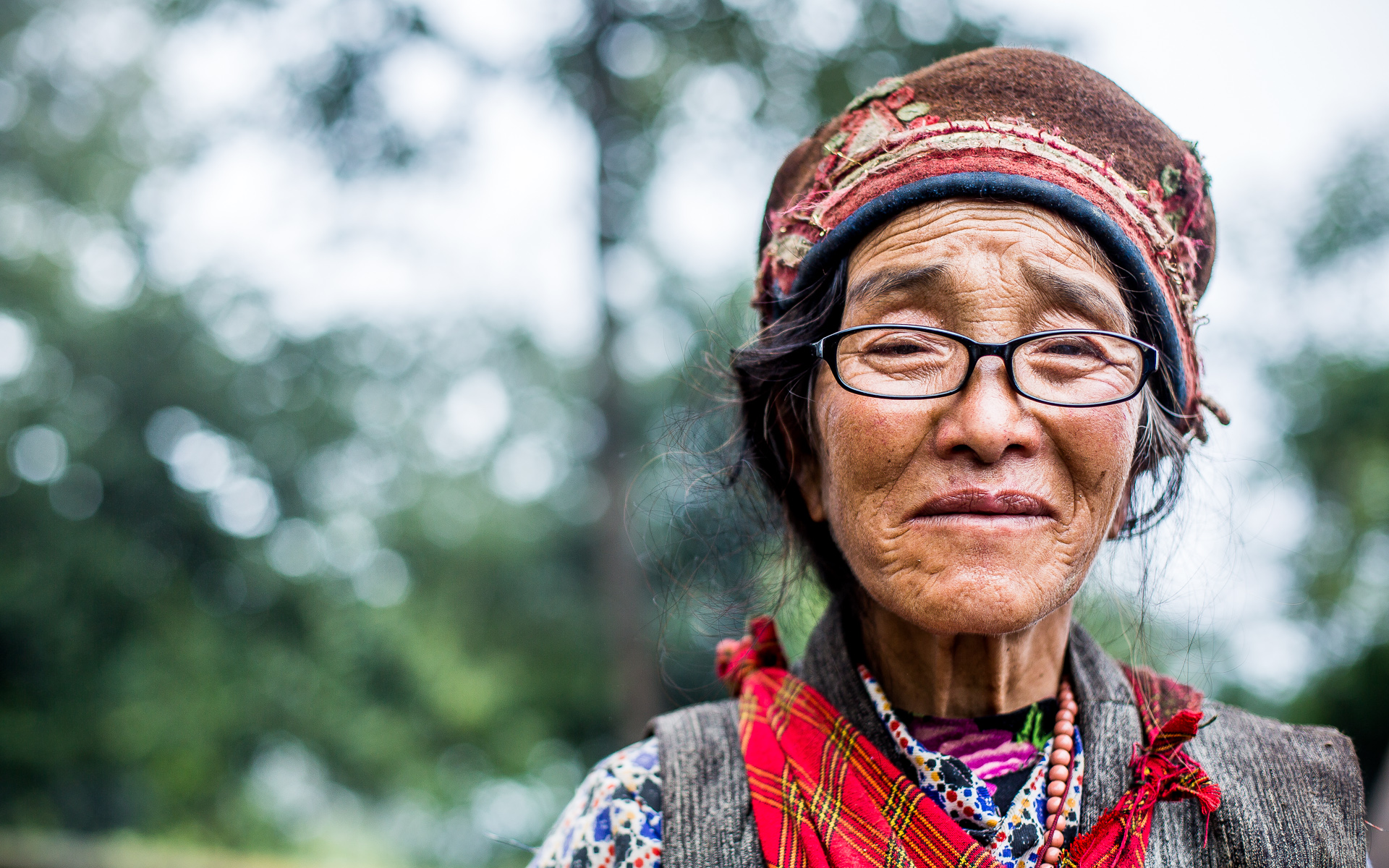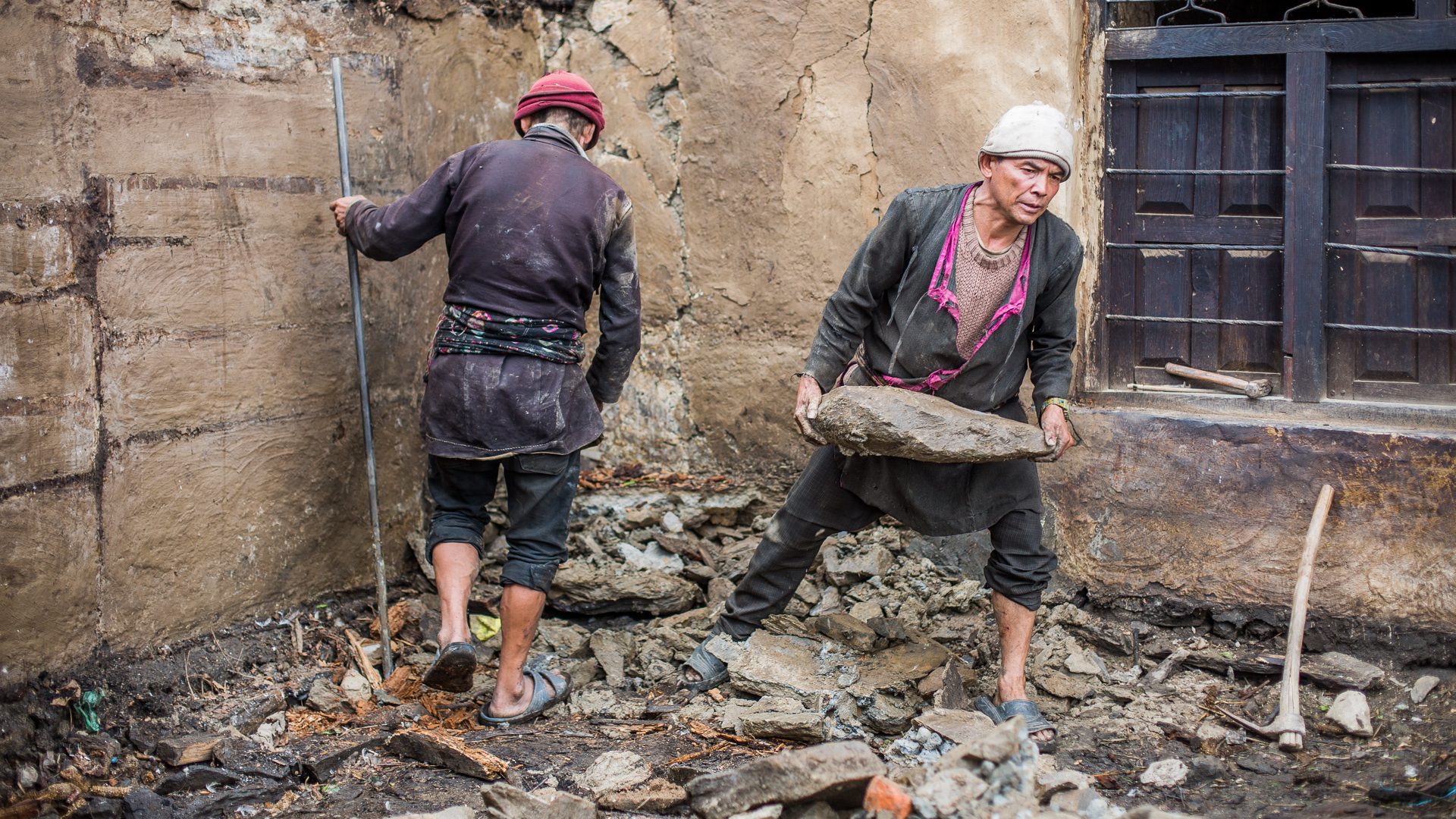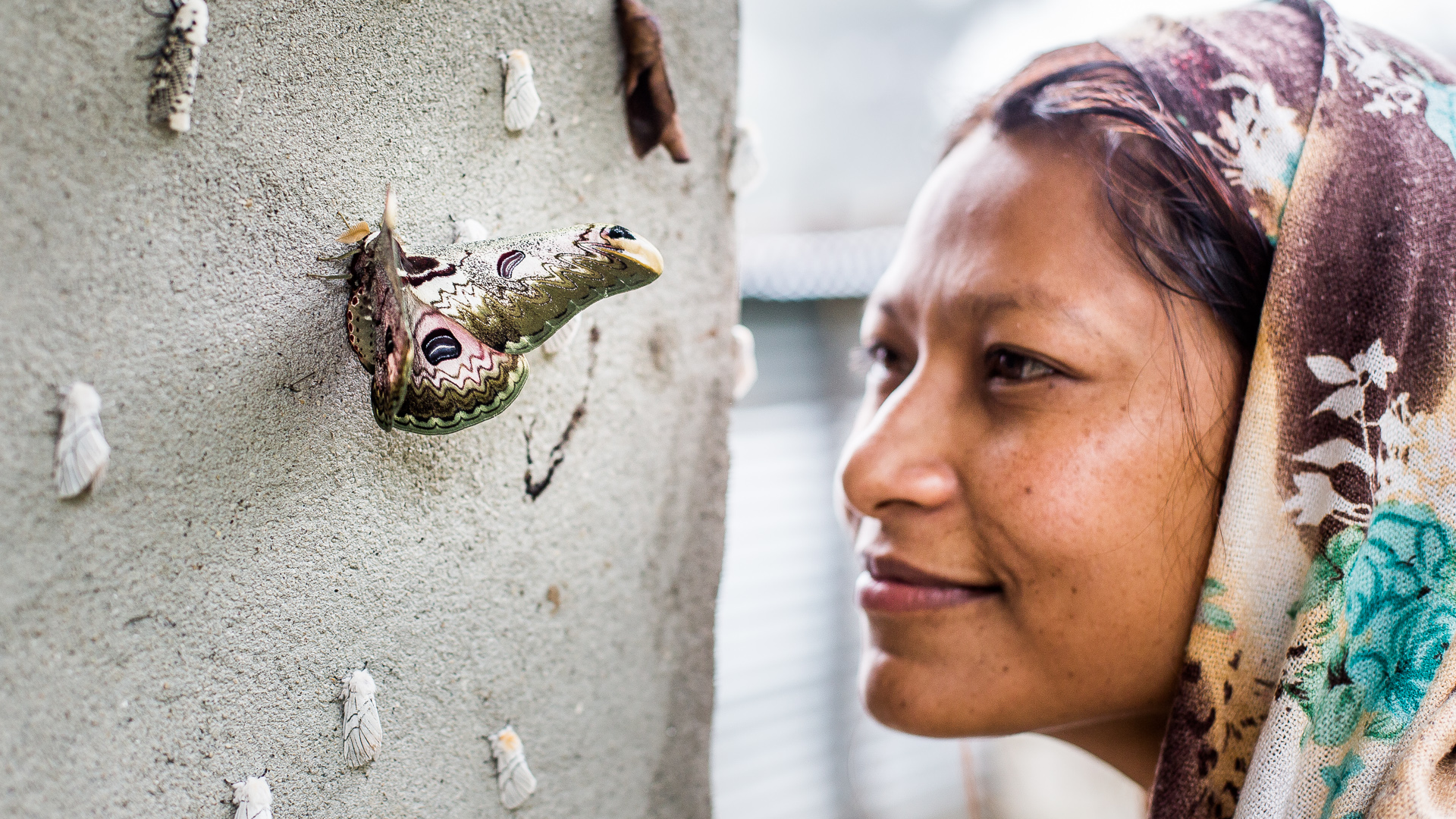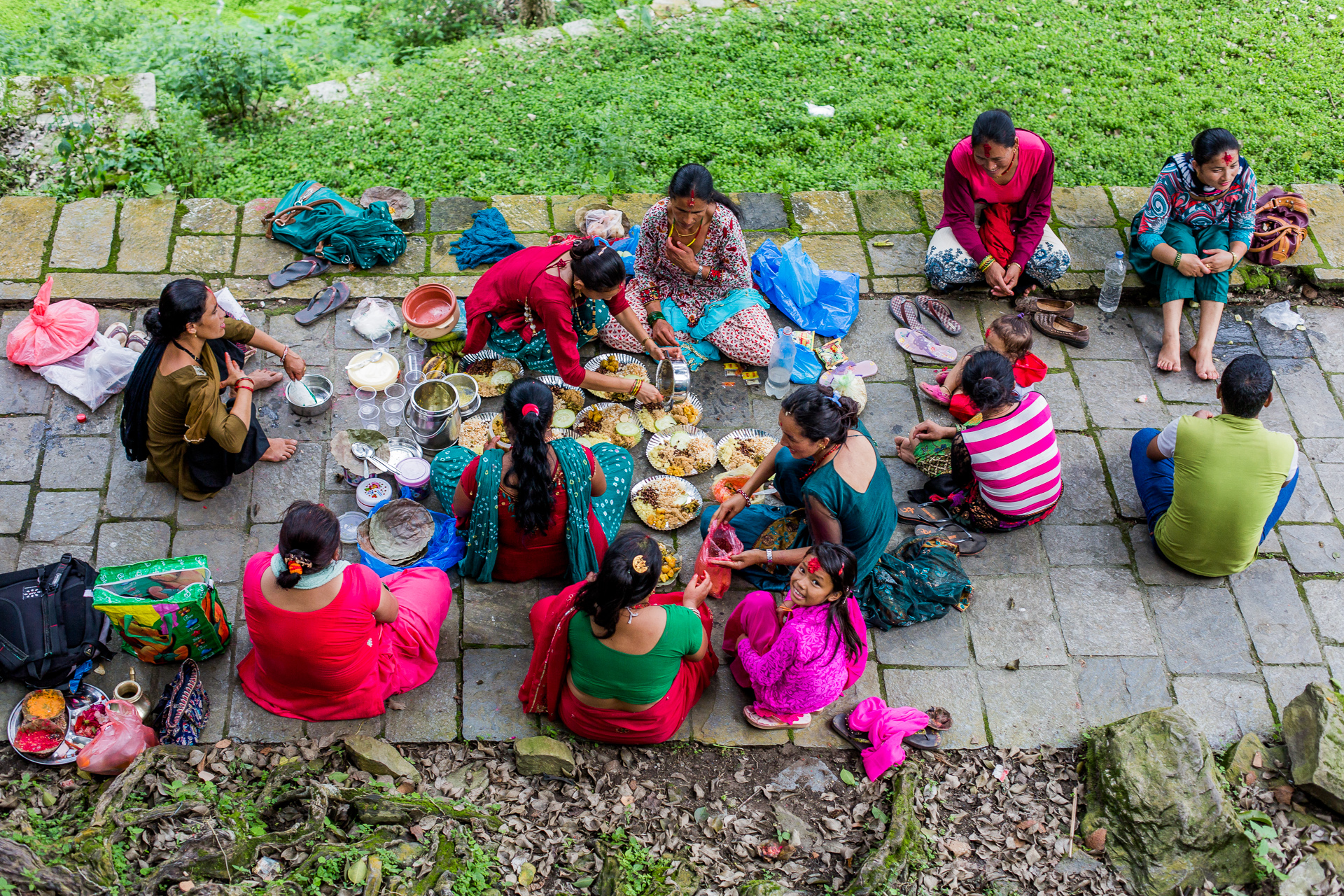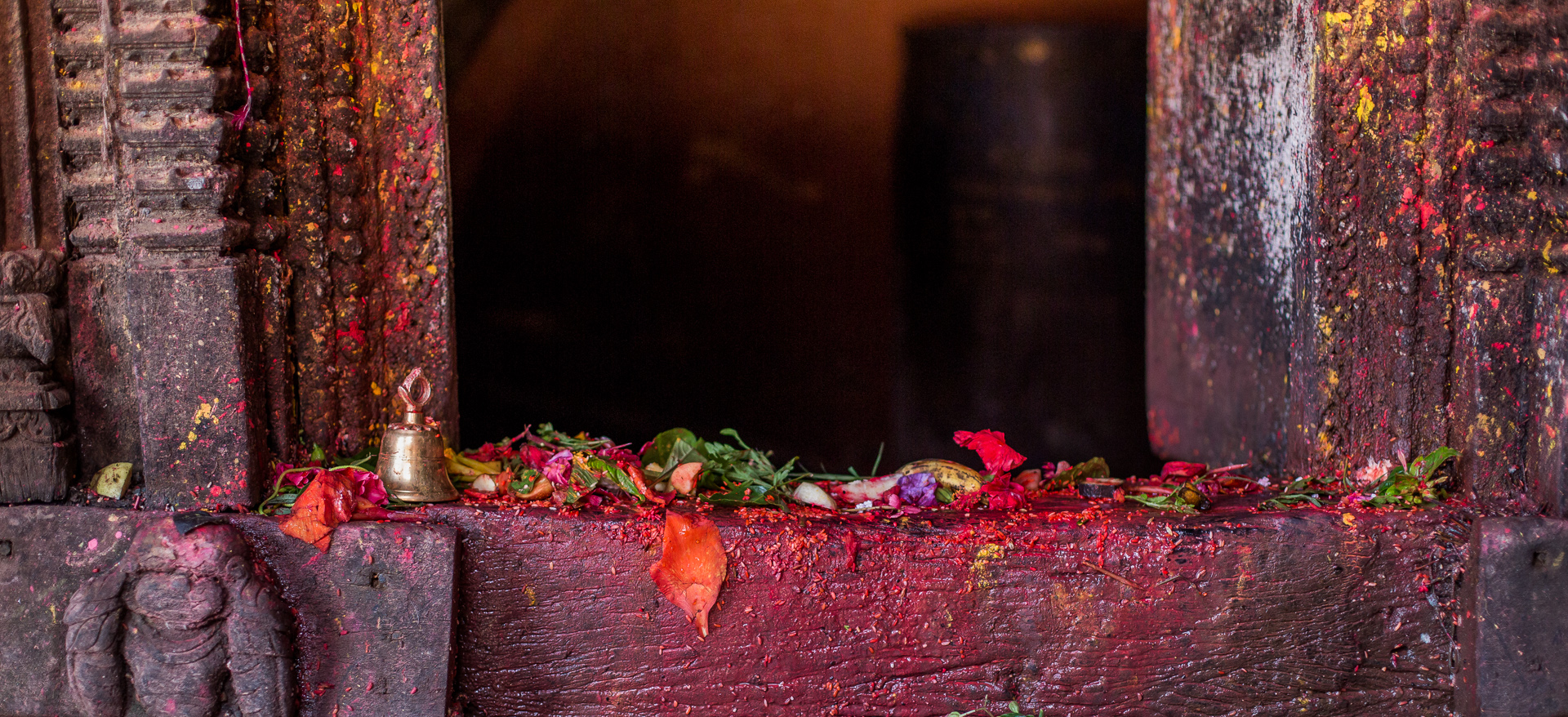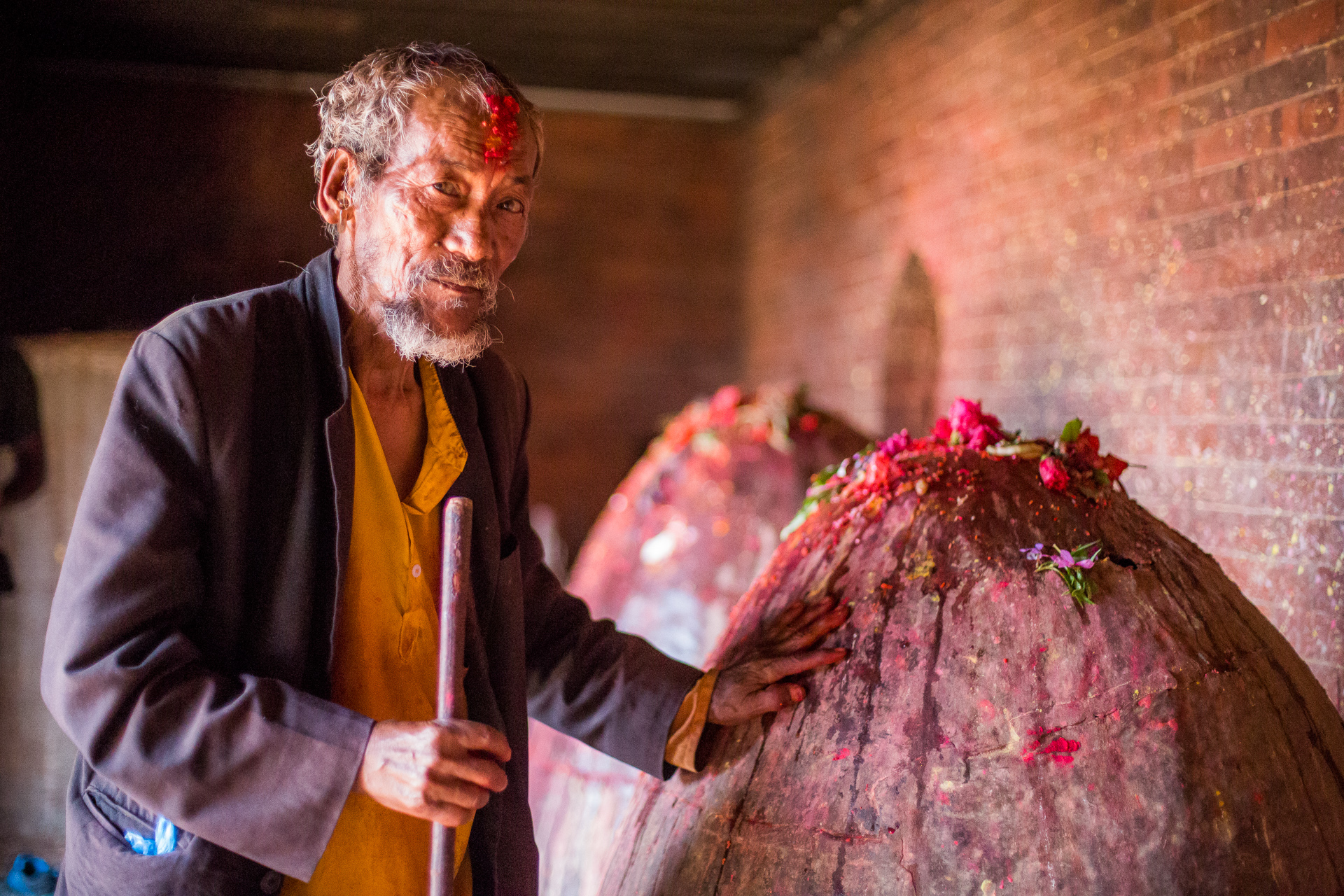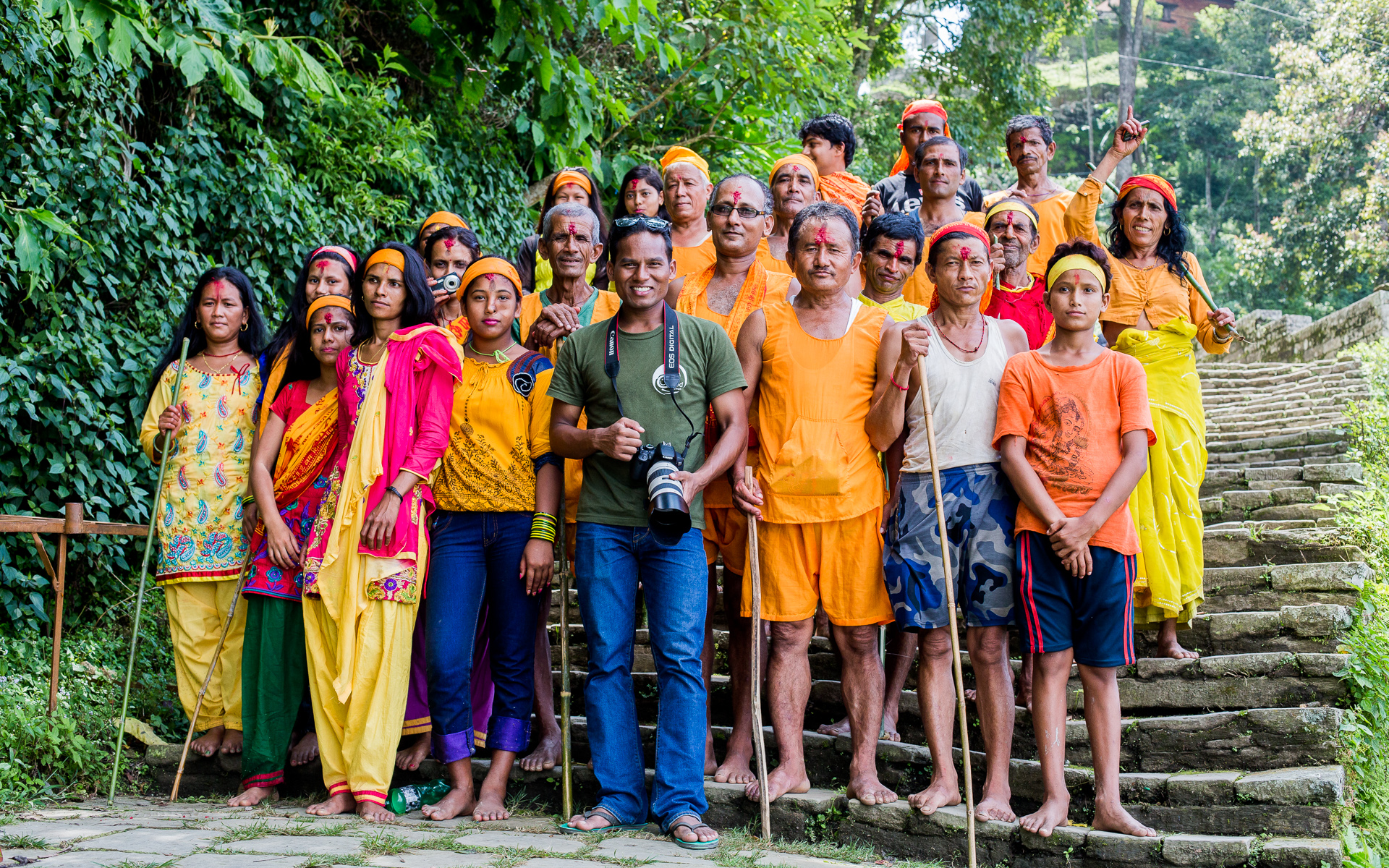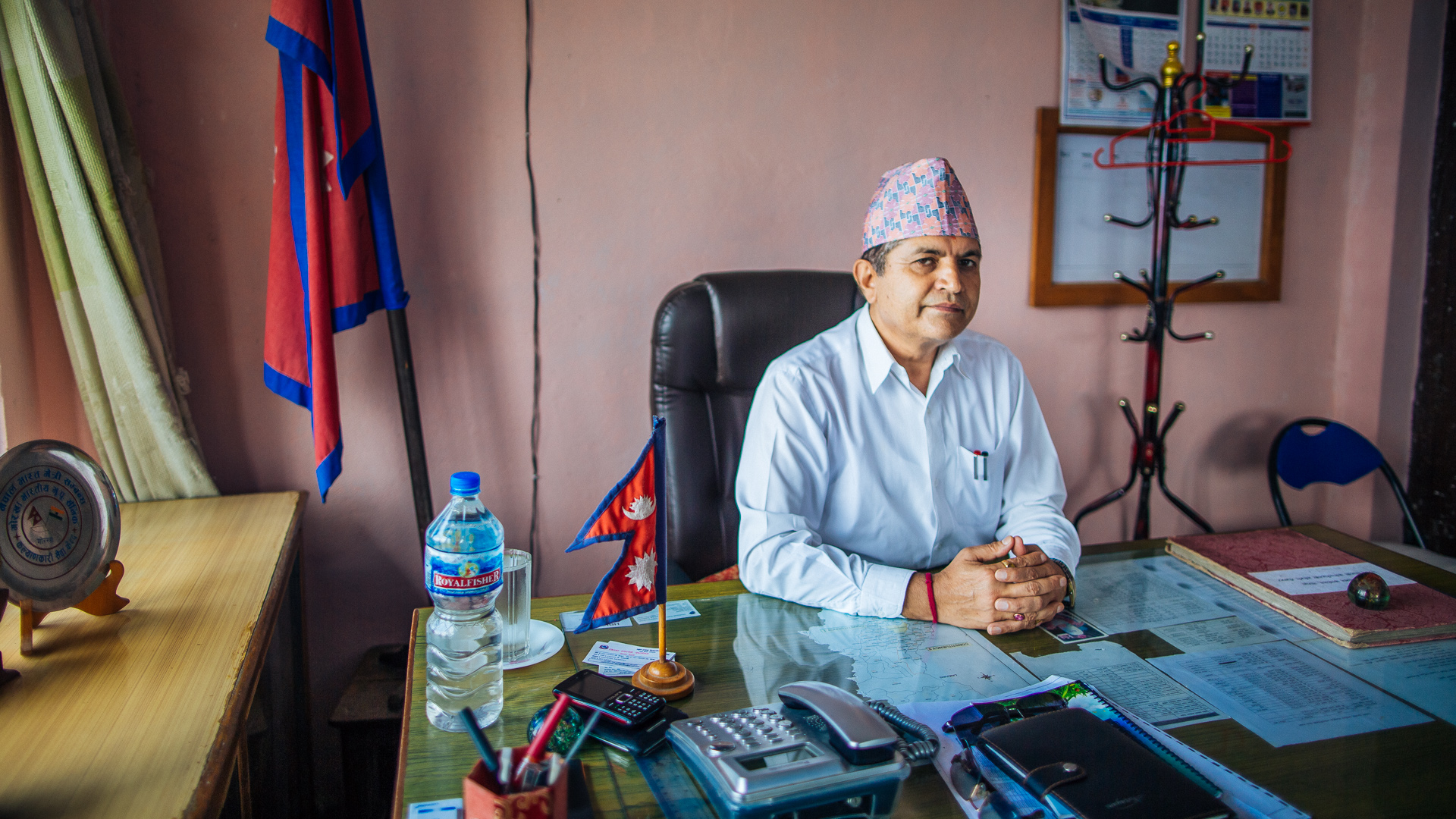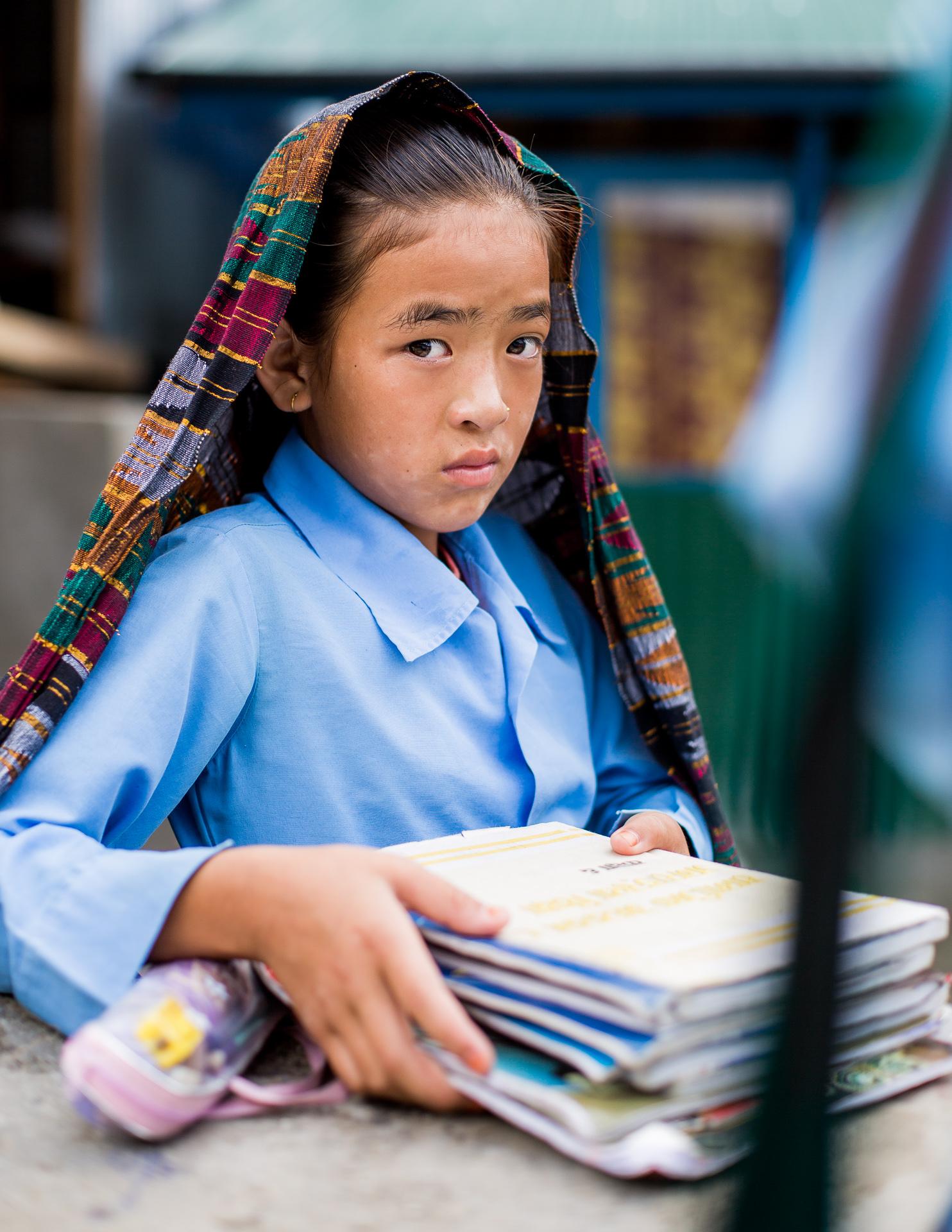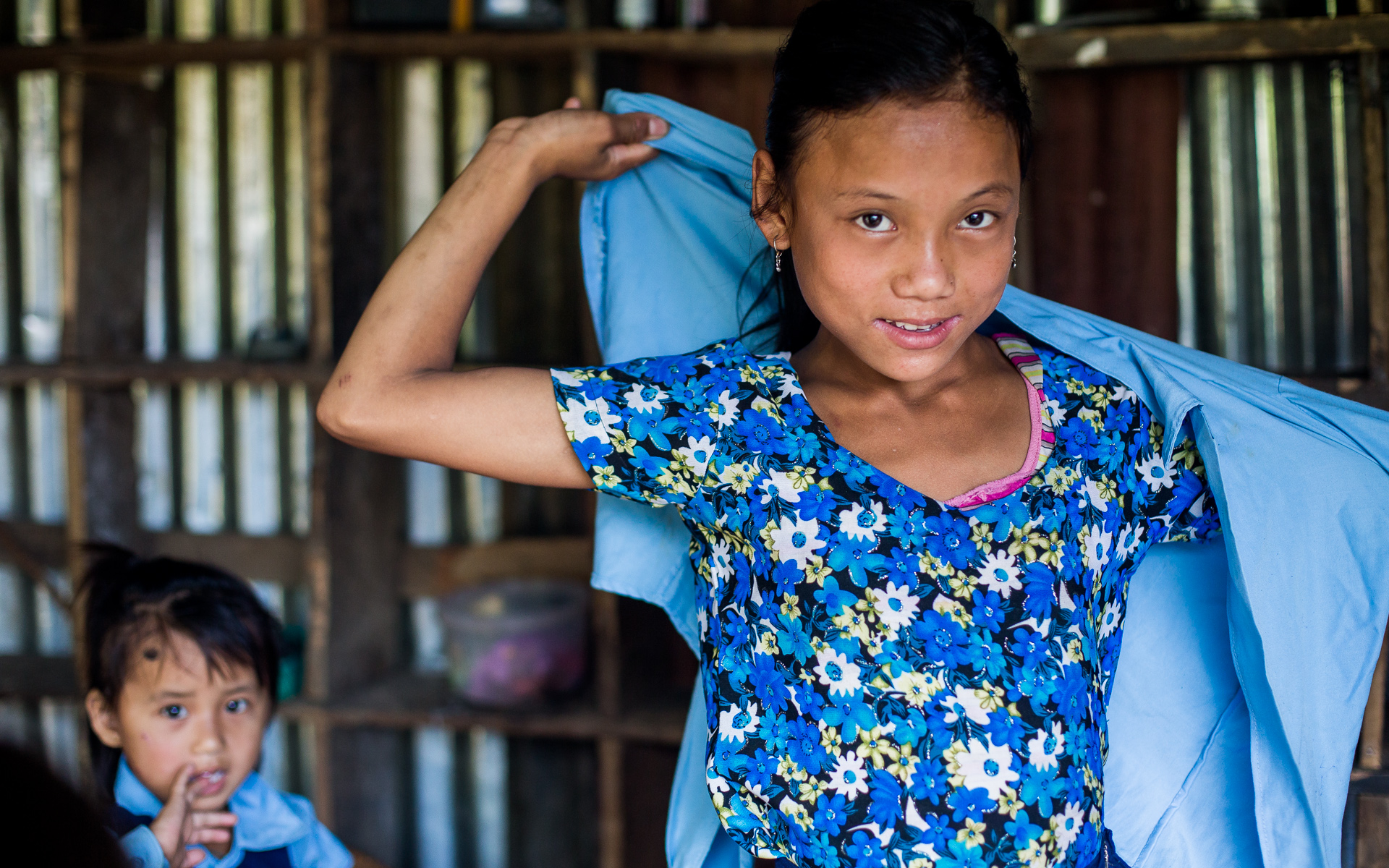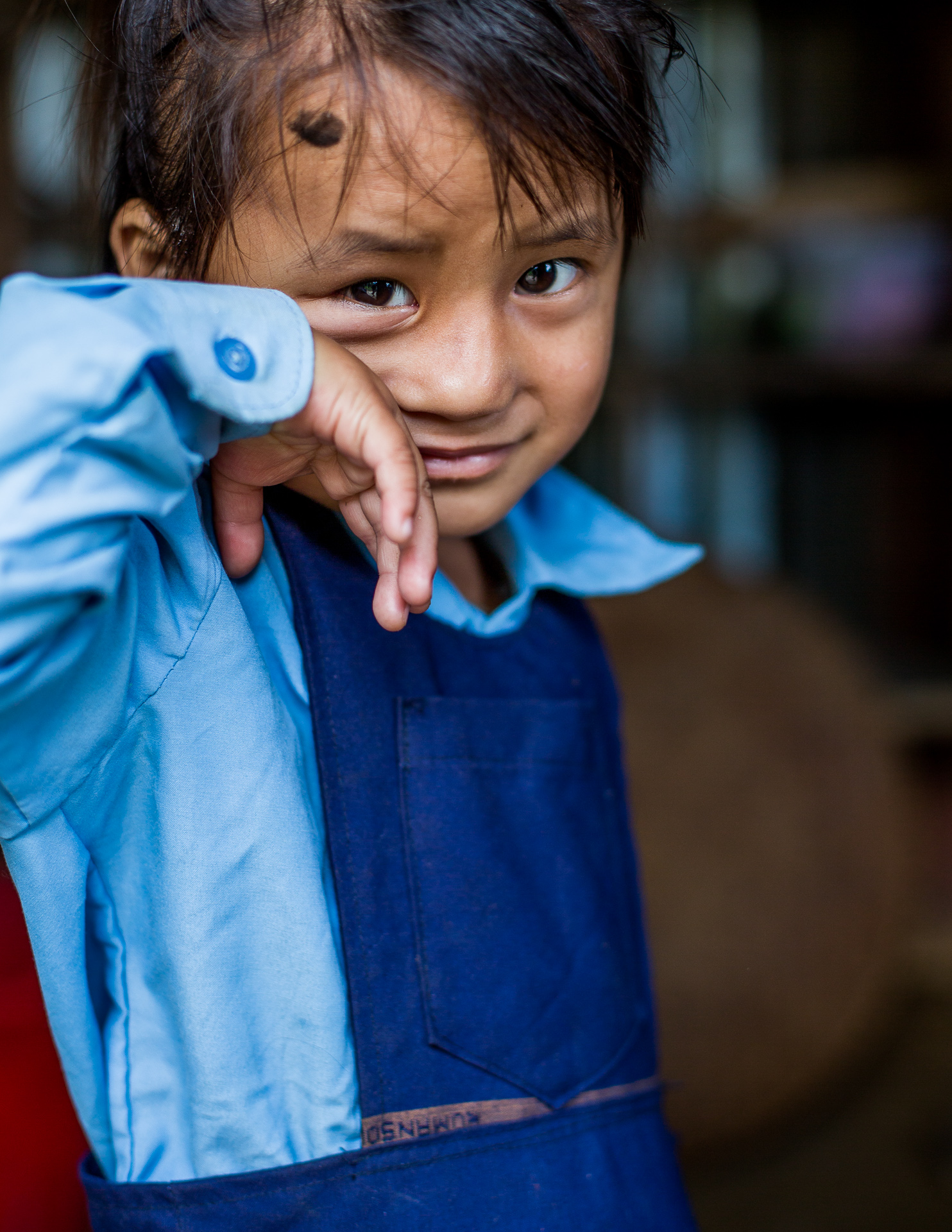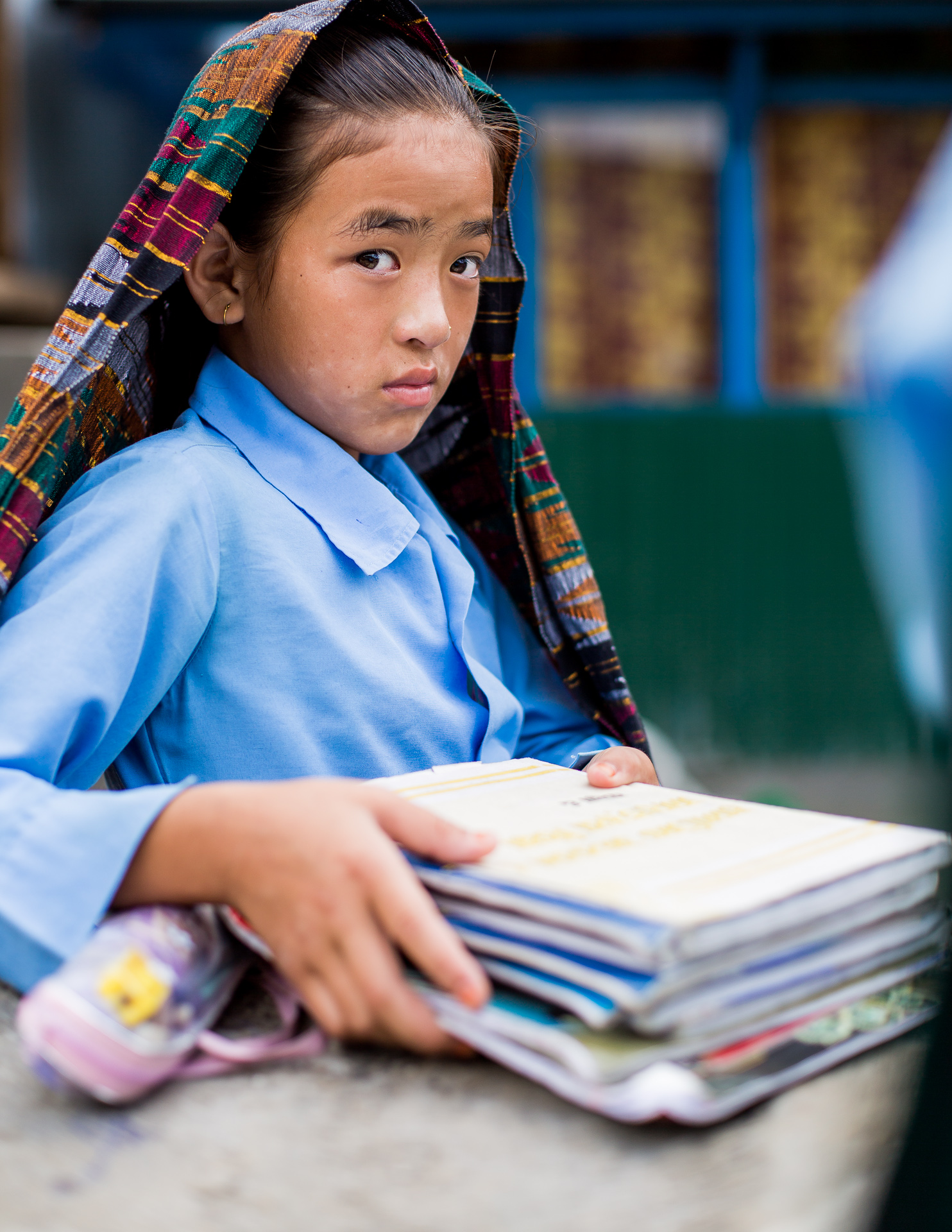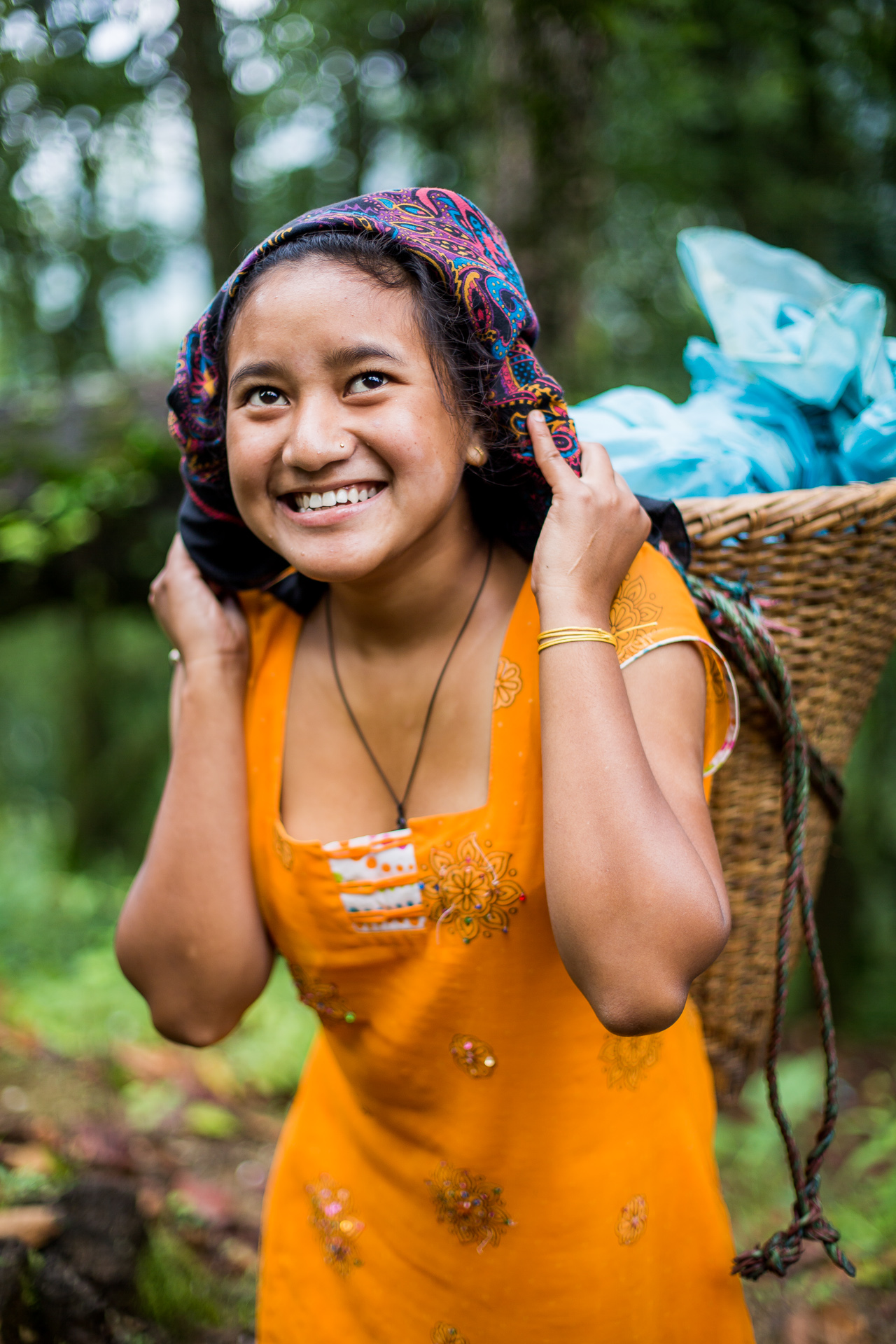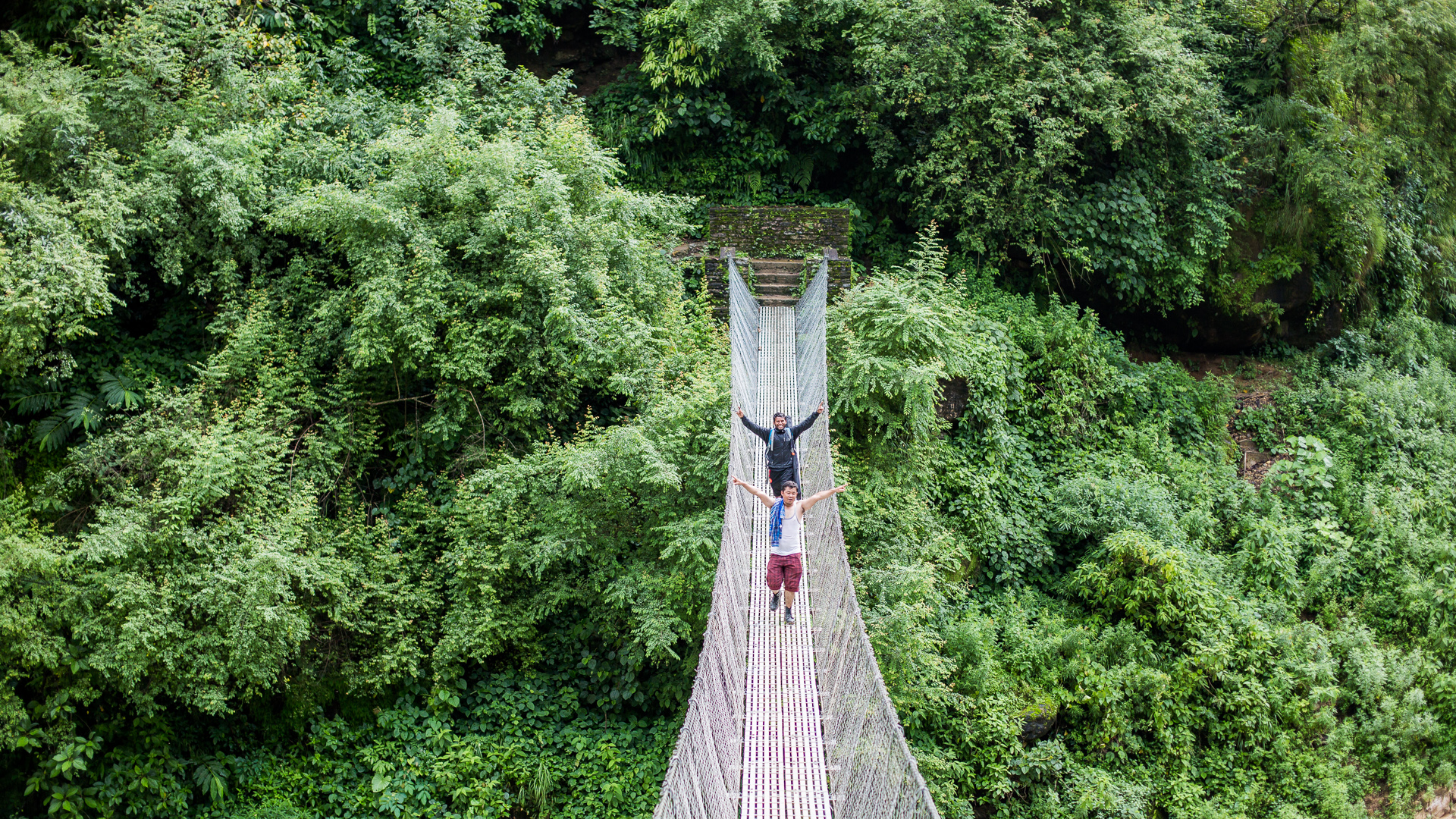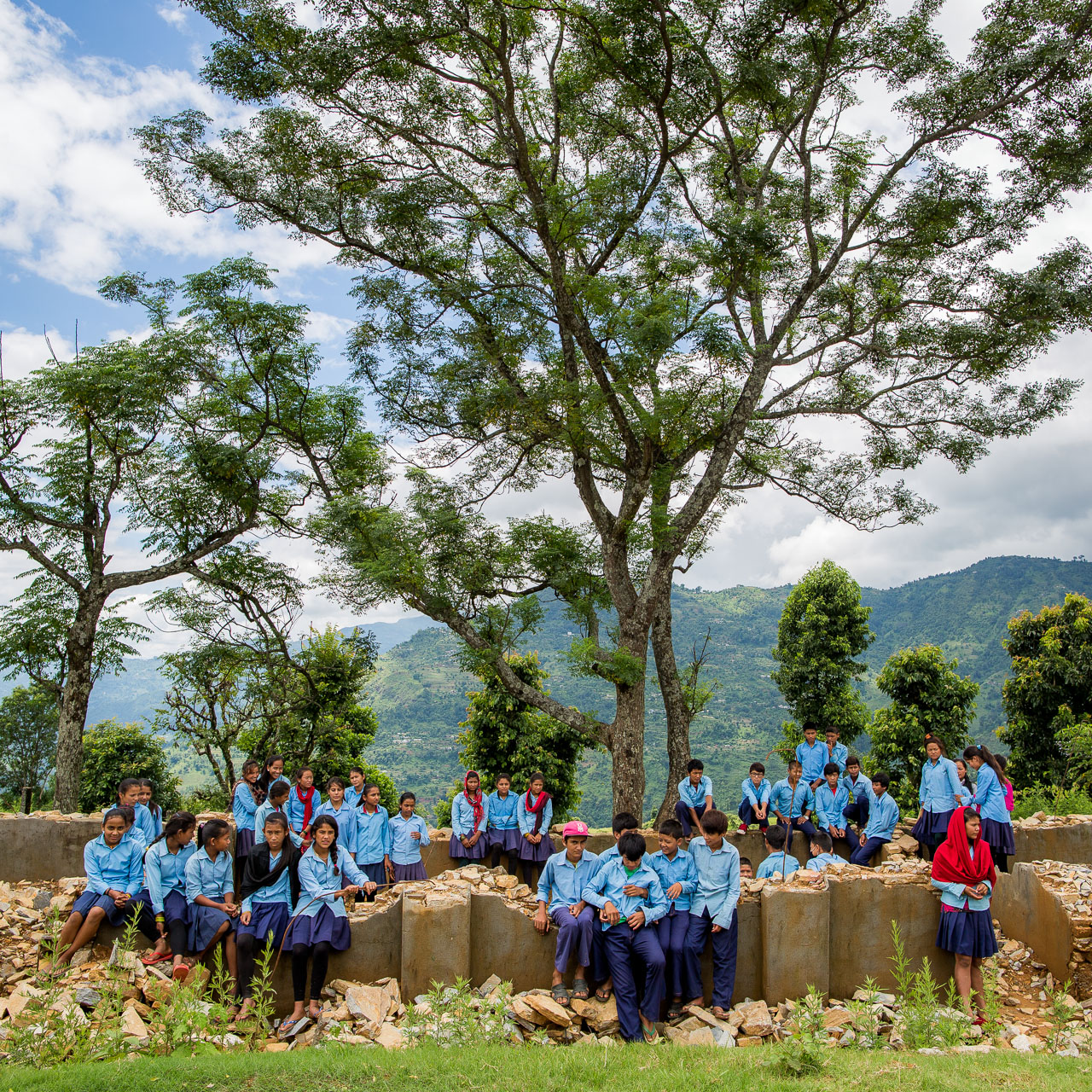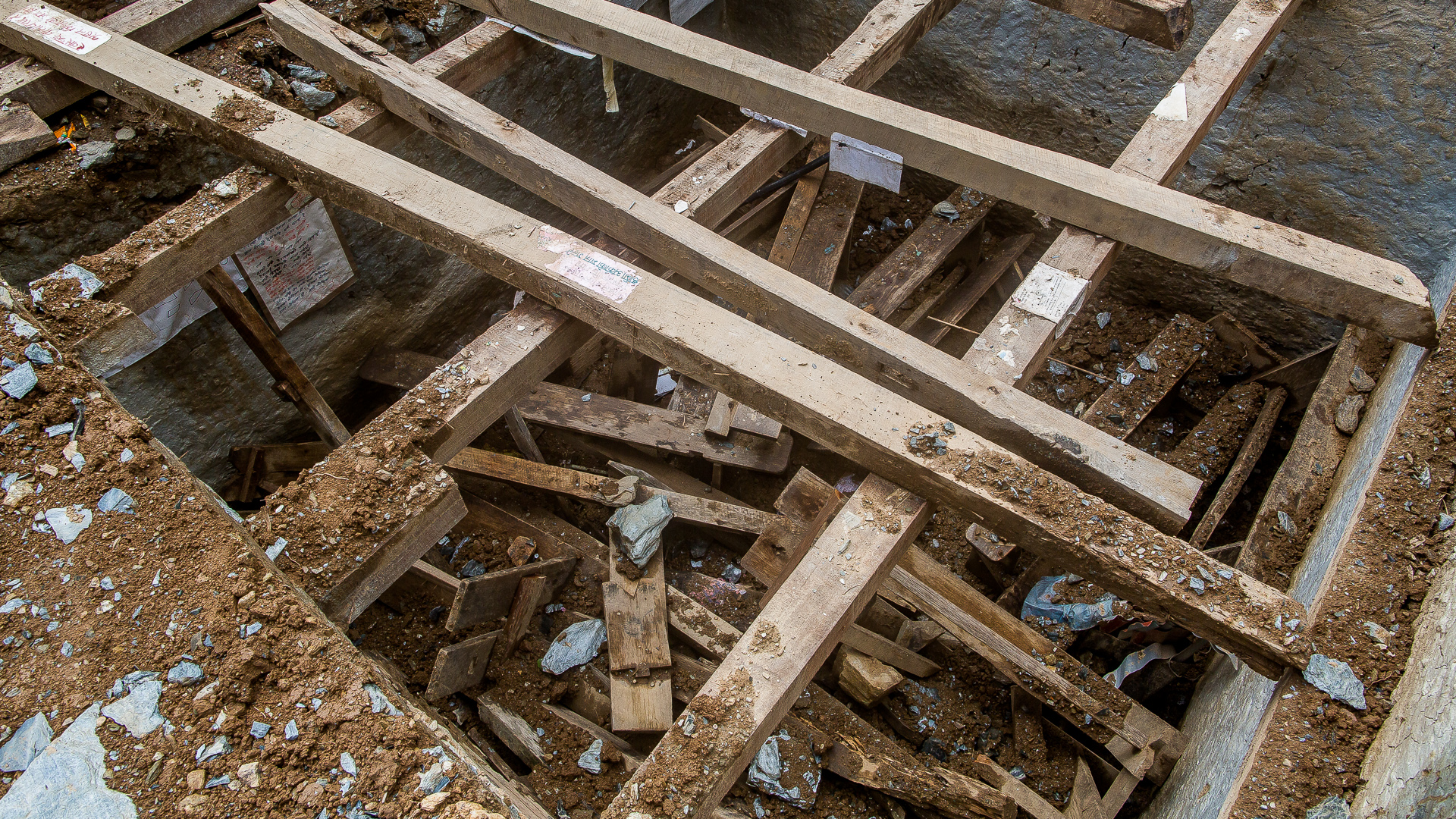(Klik om groter te bekijken)
UITNODIGING NEPALEES DINER
// NIEUWSBRIEF MICRO-CARE NEPAL //
Het is weer enige tijd geleden dat je een bericht van ons hebt ontvangen. Het is een intensieve periode geweest waarin we zowel veel vooruitgang hebben kunnen boeken in onze projecten als ook plannen hebben kunnen maken voor de rest van 2016. Van november tot ongeveer maart 2017 zal ik zelf ook weer naar Nepal afreizen. Afgelopen jaar werd ik in Nepal ondersteund door vrijwilliger Danja Raven en dit keer ondersteund door vrijwilliger, Gert Groenewoud. Wil jij ook met ons op pad als vrijwilliger? Stuur dan een mail naar info@microcarenepal.org.
Inmiddels is het meer dan een jaar geleden dat de aardbevingen Nepal troffen. Gelukkig is er veel aandacht voor geweest in de media. Belangrijk te benoemen is dat door de Nepalese overheid pas 1/3 van de hulpgelden is gebruikt. Zowel in de hoofdstad Kathmandu als in de dorpen in de rurale gebieden leven nog steeds duizenden mensen onder plastic zeiltjes. Met het naderende regenseizoen (de moesson) staat er voor deze mensen weer een zware tijd te wachten. Micro-Care Nepal wil door middel van ontspannen en interessante activiteiten je aandacht en bijdrage blijven vragen voor Nepal.
Uitnodiging diner
Graag willen wij je uitnodigen voor een Traditioneel Nepalees diner op zondag 24 juli waarop ik (Pim), door middel van een presentatie tevens een update zal geven van de huidige situatie en de voortgang van onze projecten in Nepal. Vanzelfsprekend staat het diner geheel in teken van Nepal. Het traditionele 5 gangen diner (onderstaand verder toegelicht) zal worden bereid door Sanjhana Bishankhe.
Schrijf je nu hier in.
-----------------------------------------------------------------------------------------------------------------------------------------------------------------------
Even voorstellen: “Sanjhana Bishankhe”
Sinds vorig jaar is Sanjhana mijn partner en ondersteund zij onze projecten in Nepal. De meesten hebben haar al voorbij zien komen in de eerdere Facebook berichten of de nieuws artikelen op onze website.
Sanjhana is afkomstig uit het in de Kathmandu vallei gelegen dorp Satungal. Na het behalen van de bachelor sociologie heeft ze ervaring opgedaan tijdens projecten in het onderwijs en voor andere hulpverlening organisaties. Zij is voor Micro-Care Nepal een belangrijke schakel in zowel de taal als bij de aanpak van onze projecten.
----------------------------------------------------------------------------------------------
Diner; voor een beter Nepal
De kosten voor het diner op deze feestelijke Nepalese avond bedragen 50 euro (exclusief kook workshop). Naast het dekken van de kosten voor deze avond gaat meer dan de helft van dit bedrag naar de stichting om ons zo de mogelijkheid te geven onze projecten voort te blijven zetten. Voor kinderen is er rijstpudding en een toetje, dus kom gerust met het gezin. Tijdens de avond is er ook een veiling waarbij er traditionele Nepalese producten en fotowerken worden aangeboden. Schrijf je nu hier in.
Kook workshop
Voorafgaand aan het diner (15:00 uur) is er de mogelijkheid om deel te nemen aan een kook workshop. Sanjhana leert je dan de geheimen om de meest heerlijke momo’s (dumplings), pakoda’s en samosa’s te maken.
Graag vooraf hier inschrijven, bijdrage 5 euro p.p.
-----------------------------------------------------------------------------------------------------------------------------------------------------------------------
Afscheid Sanjhana
Het diner zal ook het afscheid worden van Sanjhana voor haar vertrek terug naar Nepal. Helaas hebben we niet voldoende tijd gehad alle vrienden en kennissen te bezoeken. Om deze reden bedachten we ook dat het goed zou zijn om iedereen uit te nodigen om op deze wijze elkaar toch nog te kunnen ontmoeten.
Korting voor donateurs en sponsoren
Heb jij Micro-Care Nepal in 2016 al ondersteund met een financiële bijdrage?
Kom dan voor het gereduceerde bedrag van 25 euro om de kosten voor deze avond te dekken.
Schrijf je nu hier in voor het Nepalese Diner.
We hopen op je aanwezigheid en danken je voor je steun aan Nepal!
Tot 24 juli!
Met vriendelijke groeten,
Pim Horvers,
En overige bestuursleden van Micro-Care Nepal
-----------------------------------------------------------------------------------------------------------------------
Menu
Tijdens deze avond ervaar je de veelzijdigheid van de Nepalese keuken waarin de gerechten van verschillende bevolkingsgroepen zich kenmerken door hun specifieke kruiden en ingrediënten.
Dit menu is een klein voorproefje op de recepten welke opgenomen zullen zijn in het kookboek wat Samjhana volgend jaar zal presenteren.
1) Voorgerecht:
Nepali Snacks: Momo, Samosa en Pakora
Momo's zijn gemaakt van een eenvoudige deeg van bloem met water. De vulling kan uit verschillende ingrediënten bestaan en in dit geval kiezen wij voor een vegetarische momo.
Pakora is een gefrituurde snack van verse groenten wat wordt gemixt met een beslag van bloem van kikkererwten en ten slotte wordt gefrituurd.
Een Samosa is een driehoekig gefrituurd gebakje wat meestal bestaat uit een omhulsel van filodeeg of bladerdeeg en is gevuld met een mengsel van aardappelen, ui, erwten, koriander en kikkererwten of soms ook kippenvlees.
2) Soep:
Tibetaanse Thukpa met Phaparko (Boekweit) Roti
Thukpa is een Tibetaanse soep met pasta en groente en is populair onder alle Tibetanen. De Nepalese variant van Thukpa bevat chili poeder en garam masala wat de soep een pittig karakter geeft. Door de grote hoeveelheid Tibetaanse vluchtelingen is de Thukpa zoals deze in de Kathmandu Vallei bereid wordt is het meest vergelijkbaar met de soep in uit Tibet.
3) Hoofdgerecht:
Newari Khaja-set
De Newar of de Newari is de bevolking welke van oudsher in de Kathmandu vallei wonen. Naast een zeer rijke en gevarieerde cultuur en tradities hebben de Newar ook hun eigen specifieke gerechten welke een belangrijk onderdeel vormen tijdens religieuze rituelen en festivals.
4) Nagerecht:
Khir Rice Pudding
Khir is een van de meest favoriete recepten in Nepal en vormt veelal een belangrijk onderdeel in feesten en ceremonies, van bruiloften tot crematies.
5) Nagerecht:
Khoya Barfi gebakje
Het zoete koekje Khoya Barfi wordt gemaakt van ingedikte melk en in ons geval van natuurlijke zoetmakers.
Al trek gekregen?
Schrijf je nu hier in voor het Nepalese diner.
